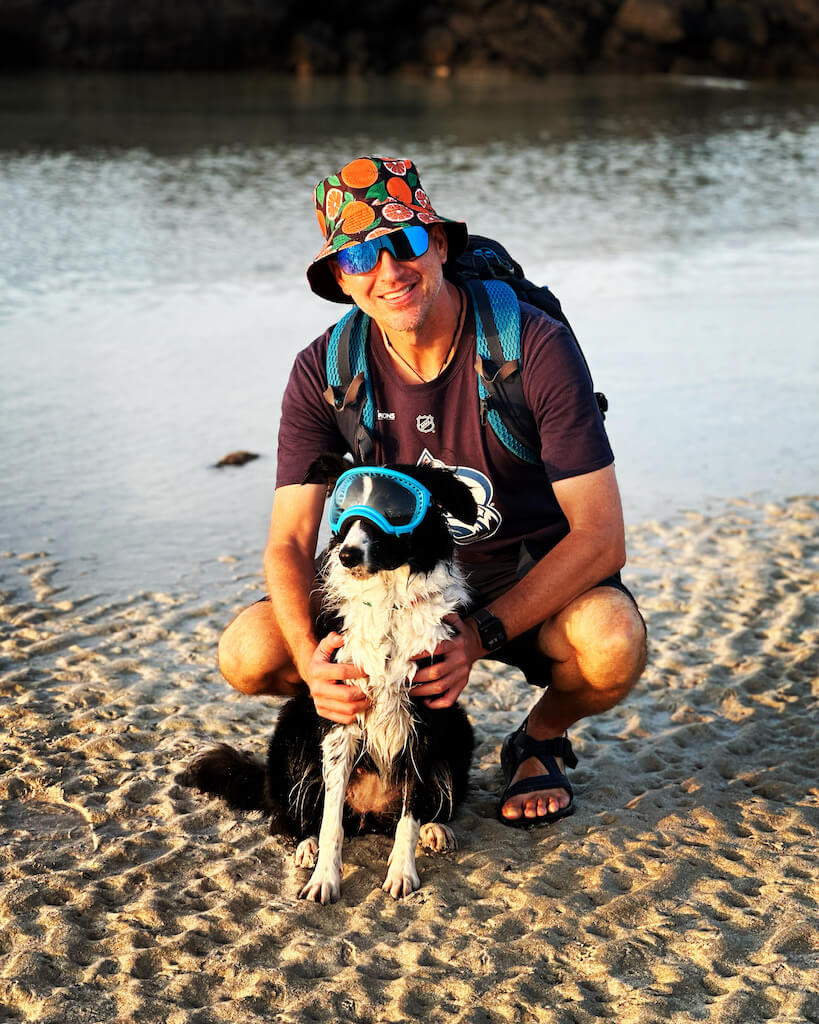In February 2026, I’ll be traveling to Gulmarg, Kashmir for a guided backcountry ski trip. This post explains what led to that decision, how I’m preparing for it, and why this trip carries personal meaning.
📘 Why Kashmir? Why now? Why solo?
Having recently placed a sizable deposit with Gulmarg Powder Guides in Kashmir, India, what follows is my attempt to ease the minds of a few understandably concerned family members and friends.
Most assumed I had backed out of my original plans after a summer 2025 attack in nearby Pahalgam heightened tensions in an already volatile region. I’ll admit, I firmly hit the pause button when that news first broke.
My two ski buddies from Colorado, who had tentatively signed on, canceled outright. I couldn’t blame them, but I didn’t want to make such a rash decision.
So I gave it some time, and after another month of thought and careful consideration, I quietly pushed my chips back on the table, secured my deposit for the guided skiing and lodging, and booked a flight from Delhi to Srinagar.
My friends’ cancellation meant I’d be going on my own, at least until I meet up with a group of like-minded ski adventurers (who I haven’t met but believe are from Australia) who also signed up with Gulmarg Powder Guides for the same week.
That’s the answer to why I’m going solo.
With the exception of a few close friends, most people back home still don’t know I’ve decided to go through with it.
So, Mom and Dad, if you’re reading this, surprise!
But even if you’re not a worried or surprised family member, I encourage you to keep reading to find out why I not only feel comfortable with the decision but am growing more excited to go with every passing day.
Writing this was a chance to reflect on why it felt important to keep moving forward with this plan rather than face the regret that would come from canceling something I’d already allowed to take root in my imagination.
As for why Kashmir and why now, that’s a bit more complicated, and what follows is my attempt to answer both.
As I started organizing my thoughts, I returned to a memory from the early days of Facebook, setting up my first profile.
Back then, people actually spent some time thinking about how they wanted to describe themselves in the “About Me” section.
Along with some favorite books and TV shows, I added a few quotes:
“All we can do is use the present well.”
The Dalai Lama, Ancient Wisdom, Modern World
“Eventually, I sickened of people, myself included, who didn’t think enough of themselves to make something of themselves. People who did only what they had to and never what they could have done. I learned from them the infected loneliness that comes at the end of every misspent day. I knew I could do better.”
Mark Twight, quoted in Between a Rock and a Hard Place by Aron Ralston
“If there’s no risk, there’s no adventure. I think adventure; it’s a great part of life. For me it’s ‘why am I living?’ You know, gee, it’s to have some adventure.”
Bill Briggs, ski mountaineering pioneer, quoted in the ski film “Steep”
At the time, I probably just thought they made me sound cool and adventurous, and I don’t think I ever intended those quotes to become guiding principles.
Looking back roughly 25 years later, however, I feel like they’ve held up and actually hit the mark for the life that was to come.
The spirit behind those words helped shape the choices that led me to leave a promising PR job in my hometown of Vail, Colorado, to travel the world, return for a year or two, and then set out again to teach English in South Korea, where I still live today.
Eventually, my wanderlust took the driver’s seat, but the skier in me never fully gave up the wheel. I may not log 80 to 100 days a season like I used to, but I’ve found a way to merge my two passions: skiing and travel.
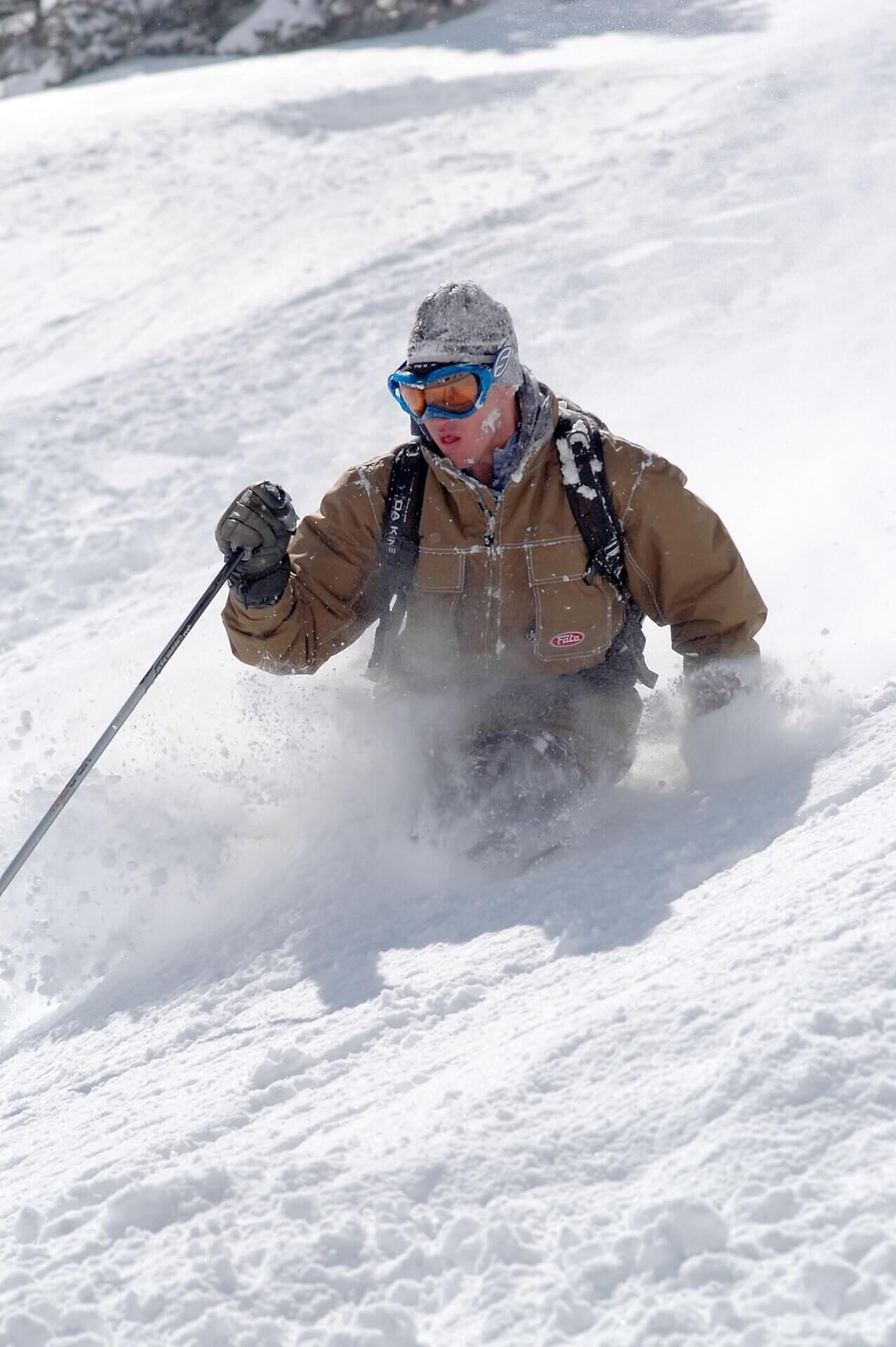
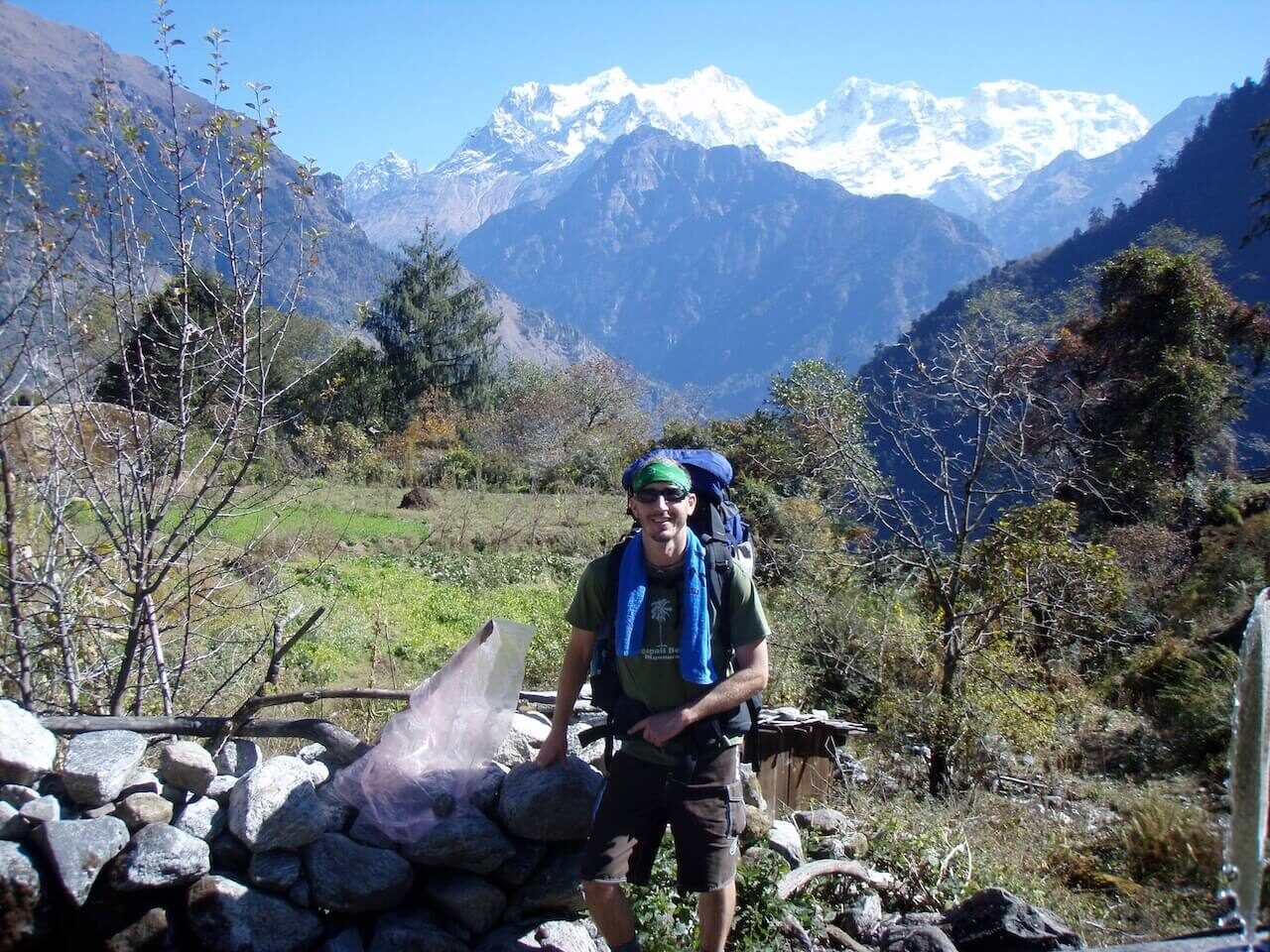
Now, as I prepare for this ski trip to Kashmir, a journey that not everyone will understand or support, I find myself returning to those old quotes.
They still remind me why I choose to keep exploring, even when the path forward isn’t simple.
📍 Where Is Kashmir, and Why Ski Gulmarg, India?
If you’re not totally clear on where Kashmir is, you’re not alone. For a lot of people, the closest association might be smoking doobs in college while listening to the Led Zeppelin classic inspired by its mysterious name.
If I’m being honest, that was about the extent of my own knowledge too, aside from a long-standing curiosity that had been quietly building as I searched for powder-skiing alternatives in Asia beyond Japan.
I first started digging into new destinations after my third winter trip chasing Japow in Hokkaido in 2025. Japan still delivers, and I continue to encourage people to experience it, especially if they’ve never been.
But the Japow secret is definitely out, fueled in part by its inclusion on multi-resort passes like Epic and Ikon, which led me on a mission to expand my skiing horizons in Asia.
Before I settled on Gulmarg, I wrote about exploring options from Gulmarg to Kazakhstan, Kyrgyzstan, and even China in this full breakdown: Skiing in Asia 2026: Where I’m Going Next.
So, where exactly is Kashmir, and what is Gulmarg all about?
Kashmir lies in the far north of the Indian subcontinent, tucked into the western Himalayas. The region shares borders with both Pakistan and China, and its status has long been the subject of territorial disputes and political tension.
The map below shows a few city names that might raise a few American eyebrows, especially for those who only know the region through movies like Zero Dark Thirty.
If I’m being honest, until a few months ago, I probably fit into that category too.
🗺️ Map of Jammu and Kashmir Region
Today, the Indian-administered side (where Gulmarg is located) is part of the newly reorganized union territory of Jammu and Kashmir.
Despite the political complexity, Kashmir is widely regarded as one of the most beautiful mountain regions on Earth. Its dramatic landscapes include snow-capped peaks, deep valleys, and alpine meadows.
I’m pretty sure that when people think of India, their imagination doesn’t immediately conjure up images of epic, snow-covered peaks like the ones pictured below. But they’re there, and they’re calling me.
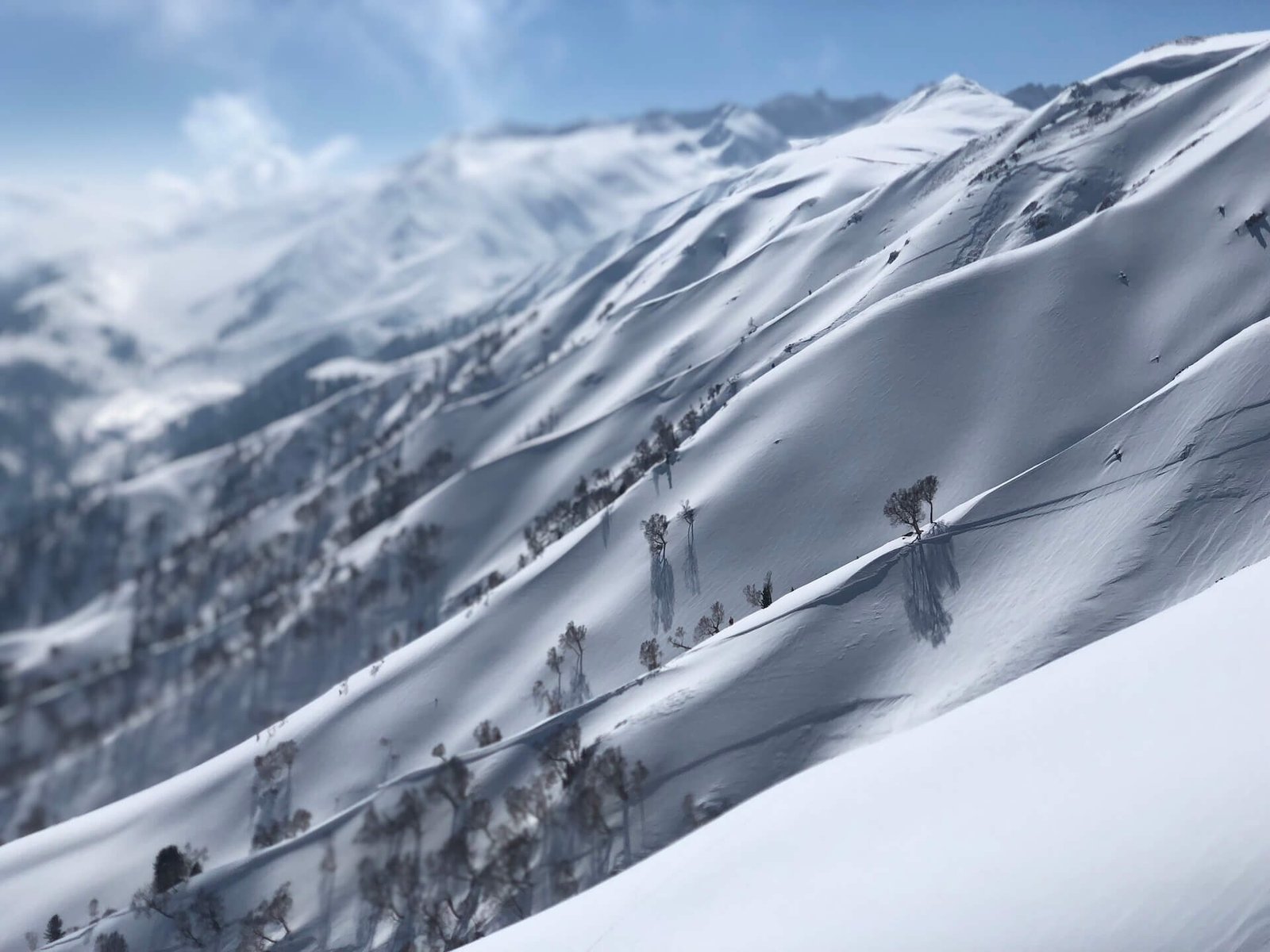
From the countless YouTube videos I’ve watched while preparing for this trip (several of which are embedded further down), it’s clear that it’s not just the skiing that’s drawing me in. There’s a deeper cultural landscape that fascinates me and makes me want to experience it for myself.
And yes, I’m aware that might come with a visible military presence, but so do plenty of cities in the U.S. these days, so spare me the pearl-clutching.
🏔️ Gulmarg’s Legendary Terrain
Gulmarg Ski Resort sits high in the Pir Panjal Range of the western Himalayas, just 50 kilometers from Srinagar. It’s a place where towering peaks, deep snow, and raw wilderness all converge.
At its heart is the Gulmarg Gondola, one of the highest in the world, rising to nearly 3,980 meters (13,000 feet), offering a vertical drop of more than 1,500 meters.
The gondola serves both lift-accessed skiing and the gateway to Gulmarg’s legendary backcountry. Strong intermediate and advanced skiers can enjoy groomed and patrolled runs off the mid-station, while experts come for the vast off-piste terrain that extends well beyond the marked zones.
With guides, it’s possible to ski or ride untracked powder for thousands of vertical feet, traversing bowls like Khilanmarg, Drang, and Trajan, or even venturing into heli-ski zones when conditions allow.
It’s the kind of place that rewards skill, patience, and respect for the mountain, where skiing feels more like an expedition than a day at a resort.
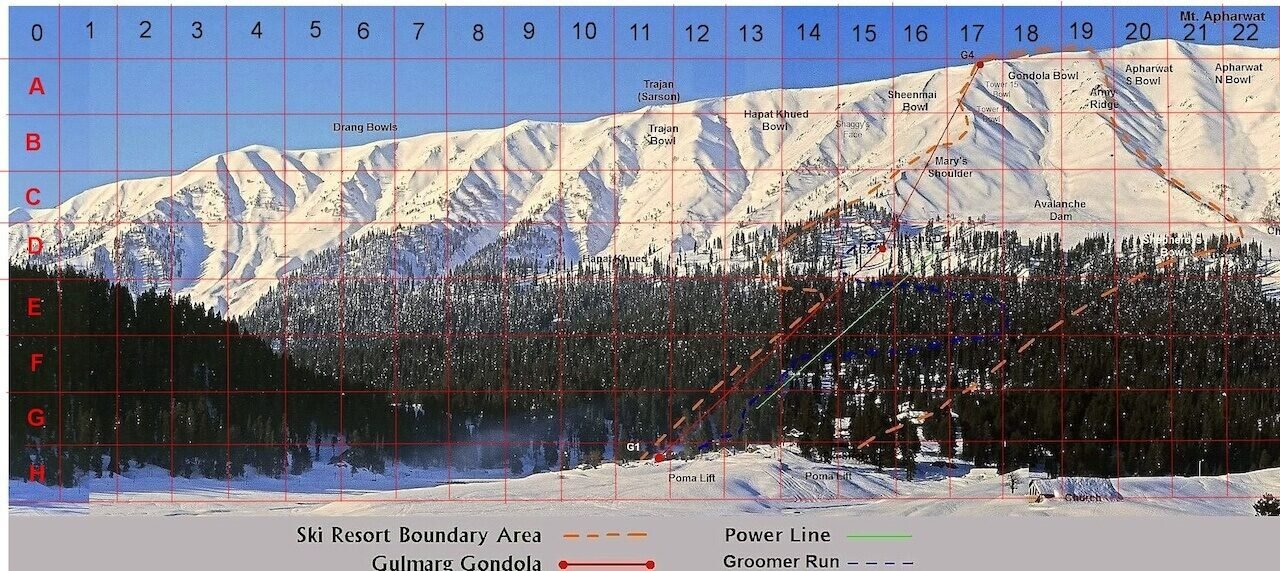
These images show the layout of Gulmarg’s vast skiable terrain, stretching from Mt. Apharwat across the Drang, Trajan, and Khilanmarg Bowls.
It’s a paradise for advanced skiers and snowboarders looking for deep snow, steep lines, and expansive backcountry access.
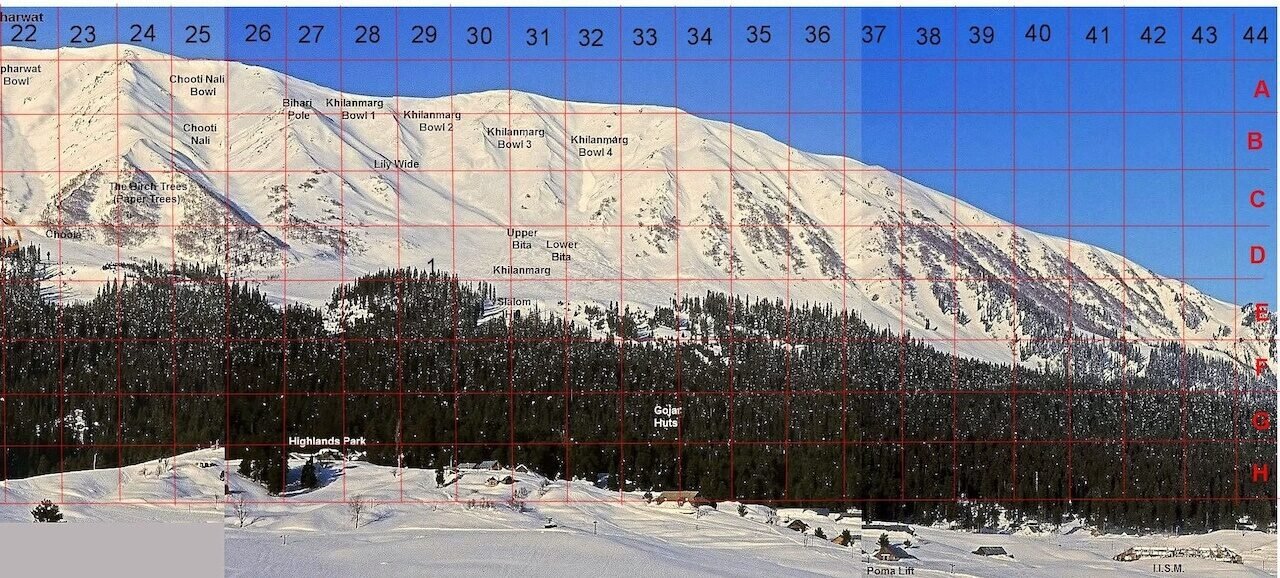
You can view a detailed, interactive version of this terrain map at SkiGulmarg.com.
With only a single gondola providing lift access to an unlimited buffet of serious Himalayan backcountry, this isn’t the kind of place you want to leave up to chance. To really get the most out of it safely, you need a guide.
I wanted to go with one of the most trusted and locally rooted teams in the region: Gulmarg Powder Guides.
❄️ Why I Chose Gulmarg Powder Guides
I’ll get into the risks and the decision to move forward with this trip in the next section. But since I already spoiled the ending (I’m going), maybe I should explain what I’ve signed up for first.
After researching several ski operations in Gulmarg, I landed on Gulmarg Powder Guides for a few key reasons. First, and most importantly, I wanted to support a business that was locally owned and invested in the community.
Many of the outfits I found in Gulmarg were run by foreign expats. GPG, on the other hand, is led by Billa Majeed Bakshi, a longtime Kashmiri guide and the director of Kashmir Heliski. From everything I read, they’ve built a reputation for safety, terrain knowledge, and deep respect for the mountains they call home.
They offer a flexible setup, with everything from group tours and private trips to options for solo travelers like me, all centered around expert-level backcountry access. The reviews were consistently strong; not just about the snow or the terrain, but about the local guides and the experience as a whole.
While reading through their website one afternoon, I watched the ten-minute video below. When it ended, I started mentally packing my bags. After years of skiing in Korea and Japan, I knew this was a place I needed to add to my skier’s bucket list in Asia.
I encourage you to watch it. And if you don’t come away at least a little stoked and curious, then odds are the rest of this post isn’t going to be your thing.
🎥 Lovisa Rosengren Living the Dream Trip in Kashmir w/ Cody Townsend | Salomon TV
🏨 My Gulmarg Ski Trip Package: Cost, Gear, and What’s Included
Here’s the package I ultimately booked through GPG:
- 6 nights at Hotel Rosewood (single occupancy, breakfast and dinner included)
- 1 night on a traditional houseboat on Dal Lake in Srinagar
- 6 days of guided backcountry skiing (3–4 people per guide)
- 6-day gondola pass
- Avalanche airbag, transceiver, shovel, and probe
- Taxi transfers to and from Srinagar Airport
- Avalanche safety instruction
- Heli-rescue support
The full package cost was listed at $1,950 USD, but I booked early and received a 15% discount, bringing the total to $1,657. I put down a $1,000 deposit to hold my spot.
Having skied backcountry terrain in Colorado for years, I know how essential it is to take proper safety precautions. GPG builds that into their package, which gave me confidence from the start.
On top of that, Billa offered me free use of a pair of K2 Pontoons from their shop. They’re not the newest powder skis on the market, but they’re the exact same model I’ve been skiing for years, and the same pair I brought with me from Colorado to Korea.
Not having to lug mine all the way to India is a huge relief and will save me a ton on baggage fees.
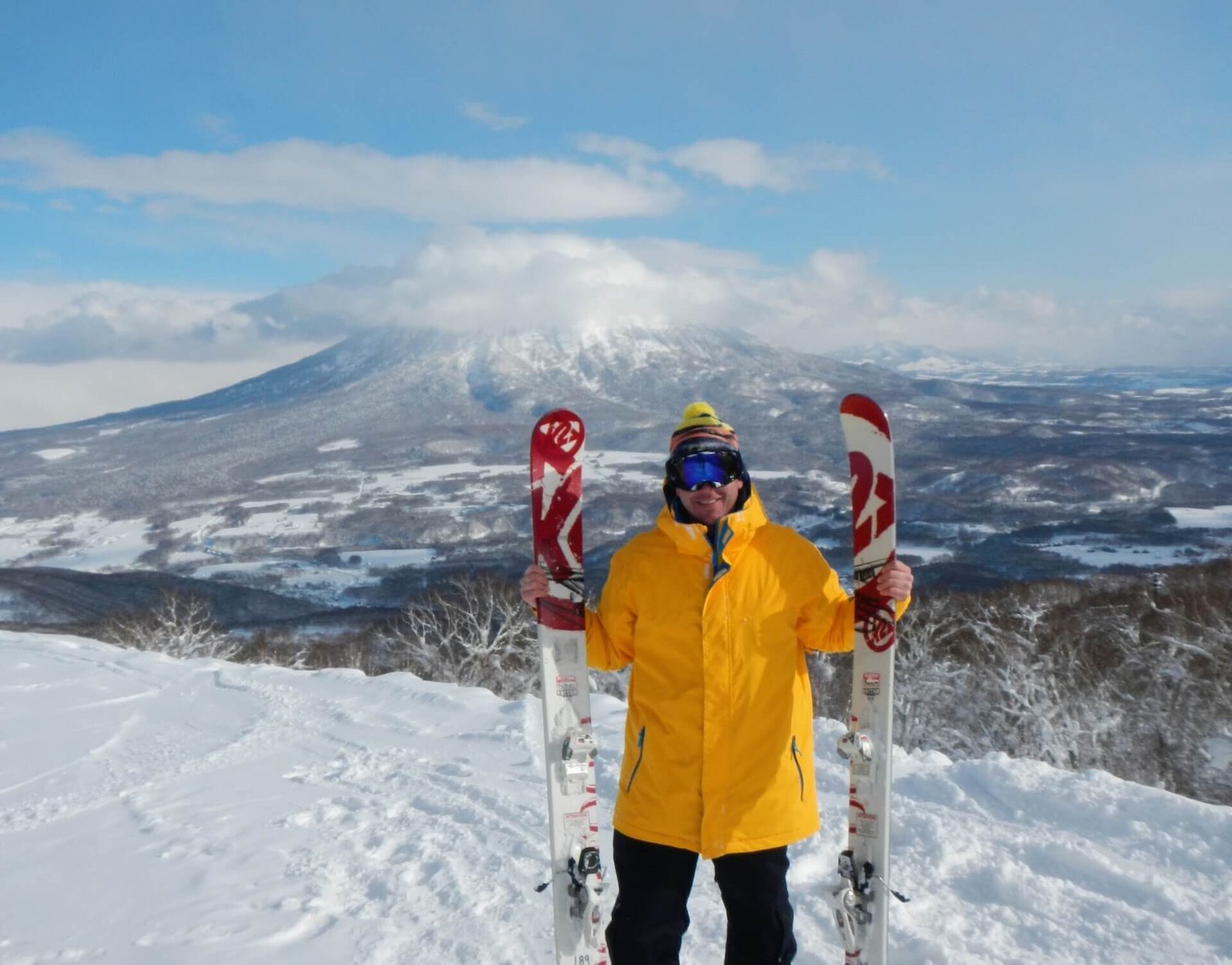
Added bonus: GPG is affiliated with Kashmir Heliski, and there’s an option to add heli-skiing for $200 per lap. I haven’t committed yet, but I’m tentatively eyeing two or three laps depending on the conditions and what’s left in the budget. The flexibility to tack it on without advance booking definitely has me intrigued.
🎥 Kashmir Dreams: Meet the Man Behind the Mountain
This short film from Salomon Freeski TV offers a beautiful look at the region and introduces Billa Majeed Bakshi, the man behind Gulmarg Powder Guides and Kashmir Heliski.
As for flights, my wife works for Cathay Pacific, so I’ll be using her crew travel privileges to get to Delhi at a discounted rate. From there, I booked roundtrip flights to Srinagar for about $172 USD.
Once I factor in domestic flights, extra nights in Delhi, and maybe a side trip or two, I’m estimating my total trip cost will land somewhere between $2,500 and $5,000 USD. Given the scope of the experience, that feels like a bargain.
My brother and his friends (who aren’t poor English teachers like me) have spent north of $15,000 on heli-skiing trips in British Columbia. Sure, they probably had a more luxurious setup, but when it comes to powder turns, we’ll see if the difference is really worth it.
Just for the record, this isn’t a paid promotion for Gulmarg Powder Guides. I’m simply a paying customer heading there in February.
🛡️ Is Kashmir Safe for Tourists?
Let’s start with the official stance from the U.S. State Department and many other government travel advisories around the world: it’s not advised.
For the Union Territory of Jammu and Kashmir, the U.S. has issued a Level 4 – Do Not Travel warning. That designation leans heavily on the region’s long history of political unrest, which intensified after the attack in Pahalgam in April 2025.
While I won’t get into graphic detail, a group of tourists was targeted during what should have been a peaceful pilgrimage, and several lives were lost. The story briefly made international news before fading from the headlines, as these kinds of tragedies often do.
At the time, I had just started making concrete plans for this trip. I’d even secured verbal commitments from two ski friends in Colorado. When I saw the first news alert pop up on my phone, my stomach sank. Not just for the victims and the region, but also because I knew the trip I had been getting excited about might no longer be in the cards.
Sure enough, a couple of days later, I got a message from my two friends backing out. I didn’t blame them. I replied back that I’d probably be pulling the plug too. However, I decided to wait, watch, and see how the situation developed.
In the following weeks, tensions between India and Pakistan eased slightly after both sides agreed to a diplomatic de-escalation. I kept an eye on the headlines and eventually sent a feeler email to Billa at Gulmarg Powder Guides to ask if they still planned to operate during the 2026 season.
He told me they were, and that while the situation had been extremely serious, things had returned to “normal” and that tourists had already started coming back.
That was encouraging to hear, but I wanted to go deeper. One question kept coming to mind, one I think more travelers should ask: Do the locals even want us there?
From what I read and the conversations I had, the answer seemed to be yes. Tourism is a major part of Gulmarg’s economy, and operators like GPG have built long-standing, respectful relationships with the community and the surrounding terrain.
So is it safe?
That depends on your risk tolerance. For more on my take on that, keep reading.
🧠 Perspective on Risk: Gulmarg vs U.S. Cities
In putting this together, it was important to me to write from the heart and let my secret writing partner, ChatGPT, serve only as an editor and a sounding board for ideas.
There was, however, one burning question I needed help answering from someone a bit more knowledgeable and less mathematically challenged than myself. I suspected I knew the answer, but I needed some data to back it up.
So, without leading it in one direction or the other, I put ChatGPT on the task of compiling real-world statistics to answer this question:
Should anyone really be more concerned about me going to Gulmarg in Kashmir than visiting a random U.S. city like Houston? Or better yet, what if I was just heading back to Denver to visit my brother?
Here’s what it found:
While Kashmir carries a reputation for political instability, the day-to-day risk of violent death in the region is, statistically speaking, much lower than in most major U.S. cities.
More specifically:
- Houston sees about 14 homicides per 100,000 residents per year
- Denver averages around 9
- Jammu & Kashmir (including Gulmarg and Srinagar) has a combined rate of about 0.8 per 100,000, even when terrorism-related deaths are included
If you scale those numbers to the odds of a tourist encountering a violent incident during a seven-day visit:
- In Houston, a tourist’s chance of being killed in a given week is about 1 in 380,000.
- In Denver, it’s around 1 in 585,000.
- In Kashmir, the risk is closer to 1 in 8.7 million.
Those numbers don’t erase the real concerns that come with visiting a region like Kashmir, but they do show that the odds of getting swept up randomly in a violent incident are far lower there than in most American cities, including one in my home state where my brother currently lives (and where I’ve visited countless times without anyone ever expressing concern).
To put that in perspective, the average visitor to Kashmir is roughly ten times safer from violent harm than someone spending the same amount of time in Houston or Denver.
That’s not to say visiting Kashmir is without danger, but it’s rare and more concentrated. It tends to spike during specific incidents or flashpoints rather than simmer as a constant background threat.
I’m not trying to downplay what happened in Pahalgam or pretend the risks aren’t real. But I’ve flown into Denver dozens of times without a single raised eyebrow. Statistically, those visits have carried more personal risk than this one.
So is there risk? Of course. But I believe it’s a calculated one. Sometimes the greater danger is the one we assume we understand simply because it’s familiar. That’s why I’m going in prepared, with good guides, solid coverage, and the flexibility to adapt if things change.
To put that preparation into practice, I’ll be met at the airport in Srinagar and driven directly to the resort. Once there, I’ll be skiing with professional guides who know the terrain well and have every reason to keep their guests safe and informed.
I’m also traveling with two insurance policies: one from SafetyWing for general travel coverage, and another through the Austrian Alpine Club (Alpenverein) that includes off-piste and backcountry skiing, heli-skiing, mountain rescue, emergency evacuation, and more.
At this point, I’m placing my trust in the local guides of GPG, their knowledge of the landscape and the intricacies of the region, and my own gut instinct that most of us fear the unknown far more than the real dangers at home.
And honestly, what has me most concerned is whether my (now) flatlander lungs and aging skier’s knees and back can handle the high-altitude terrain of the epic yet unforgiving Himalayas.
I’ve recently started a “dry-land” training regimen cobbled together from memories of my old ski-racing days, and let’s just say it’s a work in progress. If I’m going to get the most out of the Gulmarg experience, I’ll need to stick with it.
🎯 Weighing the Risks and Choosing to Go Anyway
After wrestling with the safety question and concluding that the risk felt manageable, I turned to the bigger questions I posed at the beginning of this piece:
Why Kashmir? Why now?
Looking for those answers led me into some self-reflection, a process of looking back at how I got here, what shaped my way of thinking, and why certain places continue to pull me in.
I realized I’ve always been drawn to remote corners of the world that don’t show up on everyone’s top ten list. The kind of trips that make people pause and ask, “Wait, where?”
And, for reasons that may require a therapist, I’ve also been drawn to places that intimidate me. There’s a part of me that seeks out these edges of comfort as a way to test my own assumptions and push back against fear itself.
I’ve always tried to cultivate curiosity rather than settle into the norms. I’ve been shaped by my upbringing, inspired by public figures like the late Anthony Bourdain, and encouraged by ordinary people I’ve stumbled across online whose stories keep me chasing the idea of a life well-lived.
As I pondered those thoughts, the following reflections began to take shape.
🌴 Raised for the Road Less Traveled
When my parents hear about this trip to Kashmir, I’m guessing their first reaction will be serious concern. And honestly, I get it. That’s what parents do. And in this case, there may be real reasons to worry.
But here’s the thing. When I was seven, they packed up our family (my sister was six, my brother ten) and moved us to a remote island called Punlap in Micronesia. It took a three-day boat ride just to reach it from the main island of Truk.
We lived without electricity in thatched-roof huts, although we lucked out with the island’s only tin shack. It was basically a real-life Swiss Family Robinson. Not to make light of it, but we still laugh to this day about several stories that nearly killed me.
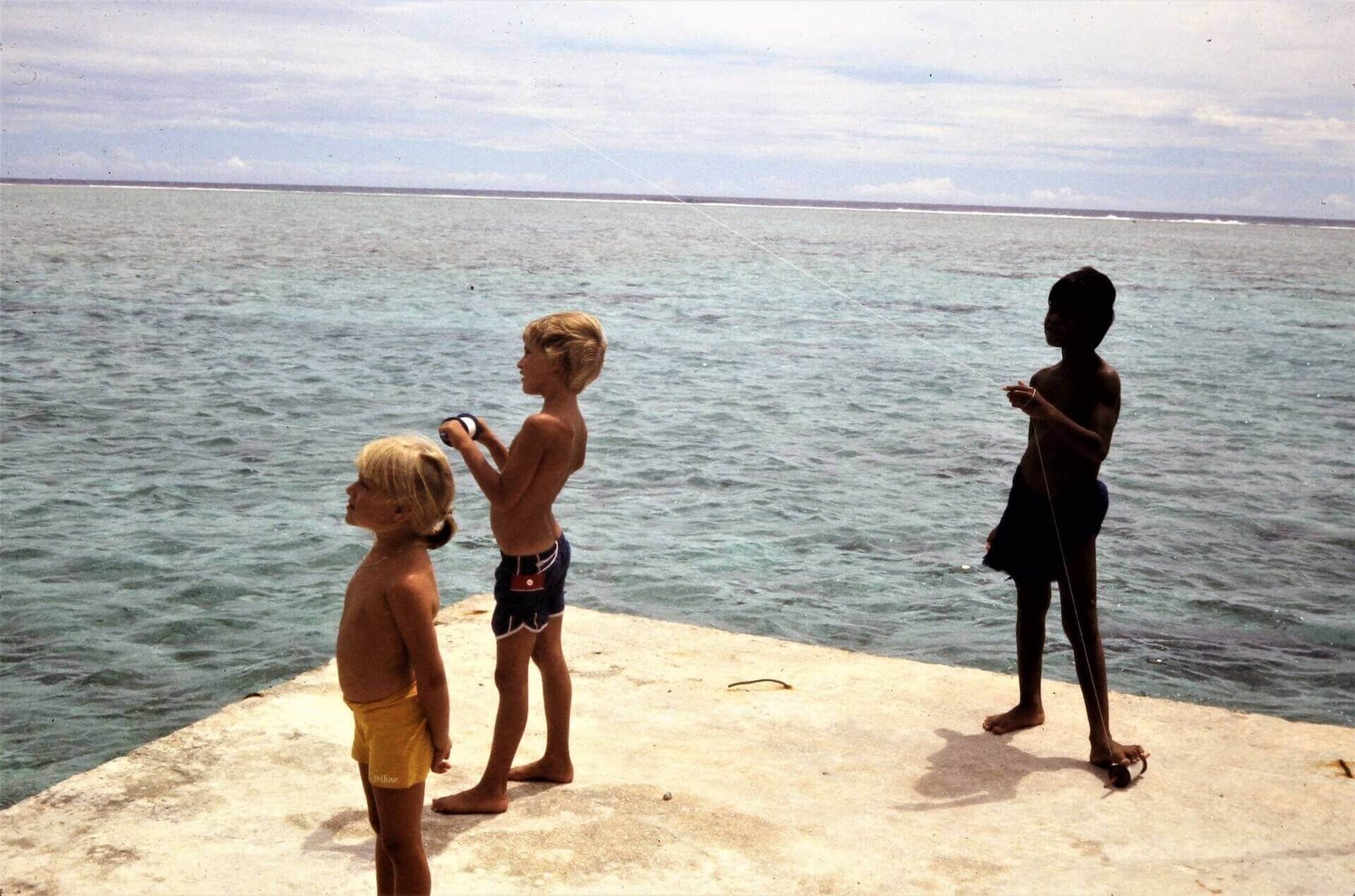
That move, and everything that followed, shaped the way I see the world. It taught me to be curious rather than fearful of unfamiliar places. Eventually, that curiosity took hold and led me to leave a comfortable PR job in Vail, Colorado, and move to the other side of the world.
It was a job that let me ski as much as I wanted, but I gave it up to travel. That first year abroad included a full ski season in New Zealand. It marked the start of a path I’m still following today, one that now has me writing this from my home in South Korea.
So while I doubt my parents will be thrilled about this particular trip, I also know they’ve surprised me before. They’ve always supported my decisions, even the ones that added a few more gray hairs. My hope is that once they know I’m committed, they’ll shift from nervous worry to hoping for the best and praying for a safe return.
The truth is, they raised me for this kind of life. You don’t spend a formative year on a remote Pacific island and grow up dreaming of a white picket fence. At least I didn’t. My brother and sister seemed to adjust more easily in that regard than this rebellious middle child with a stubborn, independent streak.
For me, that early experience planted something deeper. It made me curious, a bit restless, and willing to say yes to things that don’t always make sense on paper.
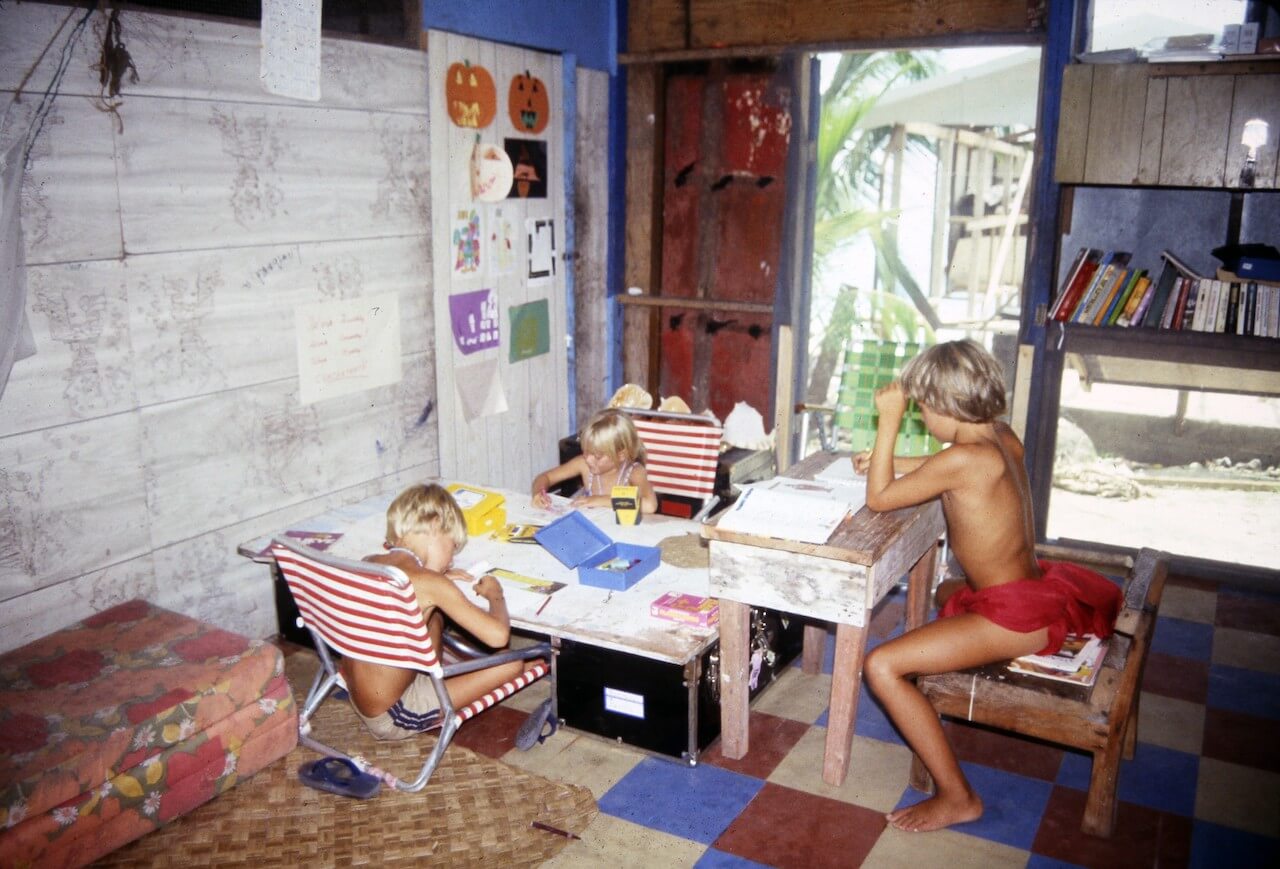
🛄 The Path That’s Led me to Kashmir
I’ll try not to sound too self-congratulatory, but this isn’t the first time I’ve headed off on my own and left friends and family wondering what I was thinking.
After leaving that PR job for what I thought would be a one-year, round-the-world backpacking sabbatical, I figured the trip would cure my growing wanderlust. Instead, it had the opposite effect. Traveling solo for a year only deepened it, and turned curiosity into a compulsion.
That journey began in the South Pacific (Tahiti, the Cook Islands, and Fiji) before I settled into Queenstown, New Zealand, on a working holiday visa. From there, I spent three months working my way up Australia’s east coast, then flew to South America, where I trekked in Chile’s Torres del Paine National Park. By the time I returned home and back to work, I was already plotting my next escape.
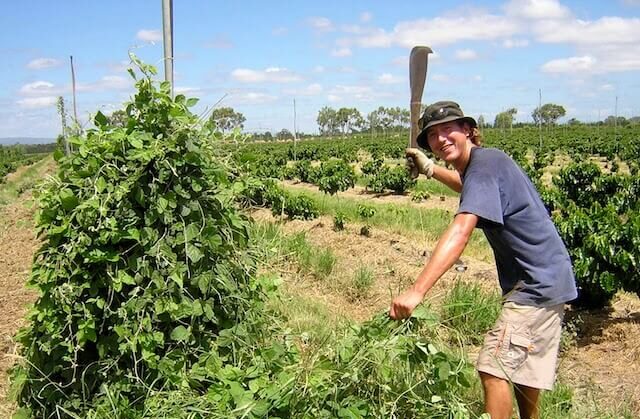
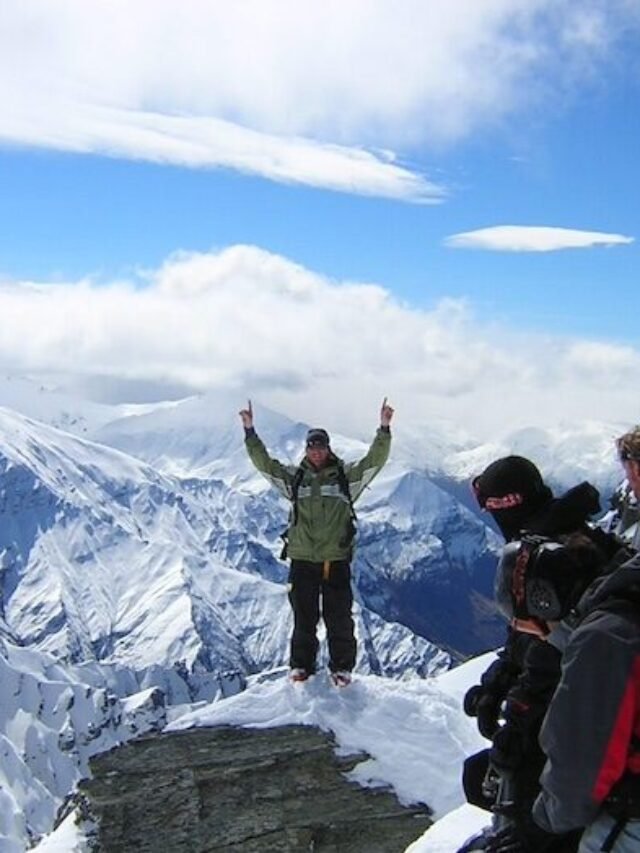
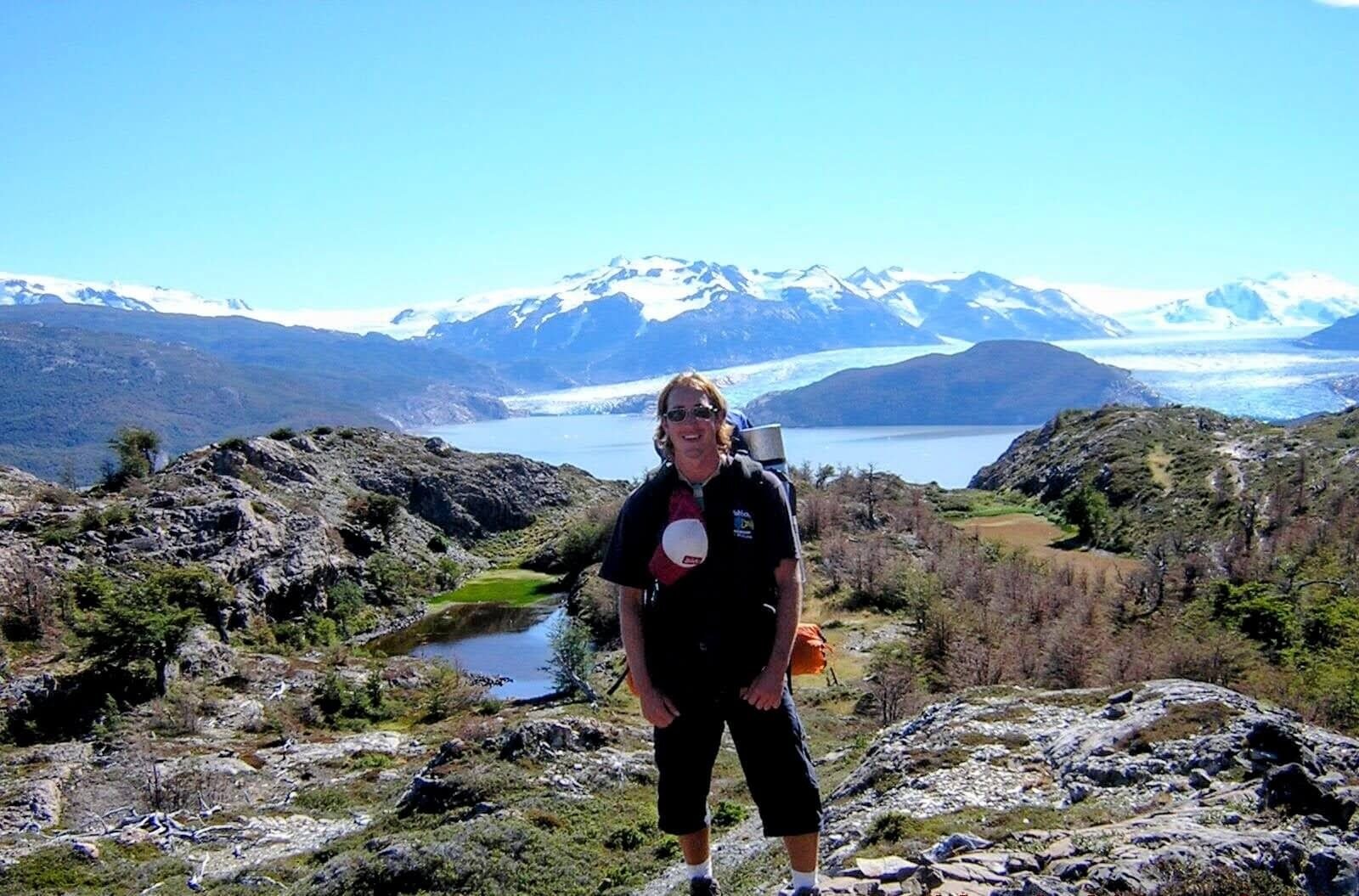
Over the next several years, my boss indulged my growing addiction by granting extended vacations. I used the first to return to South America, exploring Peru and Bolivia, then spent another in Asia: six weeks split between Malaysian Borneo, Thailand, and Myanmar. I returned to Myanmar several more times as it briefly opened up to tourism before closing again in recent years.
Visiting Myanmar in 2006 was still widely discouraged since the country was under military rule and listed under a similar U.S. State Department travel advisory to the one Kashmir holds today. I debated whether my visit might indirectly support that regime but decided I could minimize the impact by supporting local communities directly.
It turned out to be one of the most meaningful experiences of my life, especially when I was able to share quiet, careful conversations with locals who spoke freely only when they were sure we weren’t being overheard.
I even traveled to the country’s northeast, a region still affected by an on-going civil war, where I trekked with a local guide through hill tribe villages and spent an evening at his home. His family welcomed me like one of their own, sharing a big meal, laughter, and stories about life in their corner of Myanmar. For most of them, it was the first time meeting a foreigner, and a rare chance to talk about the outside world.
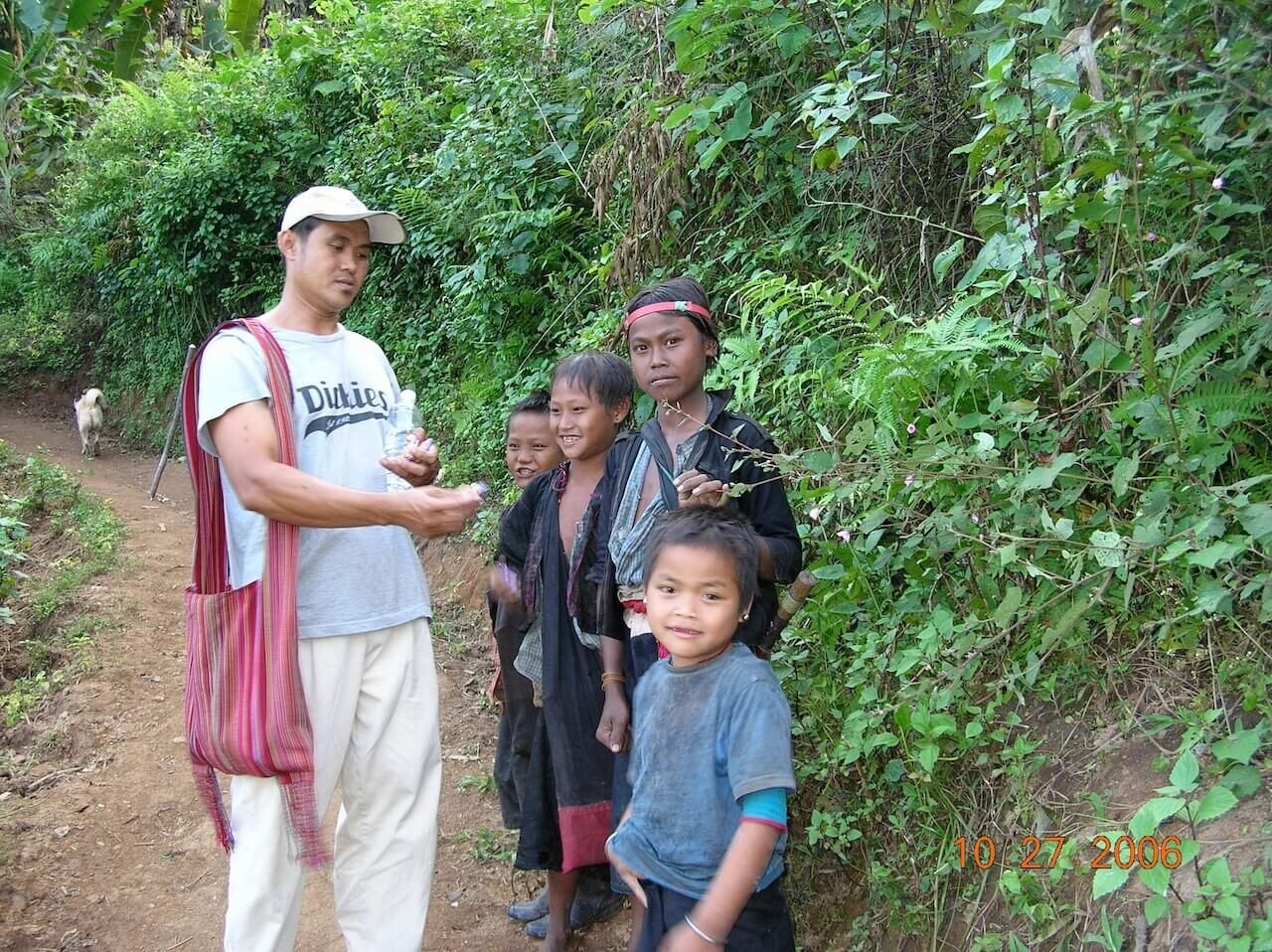
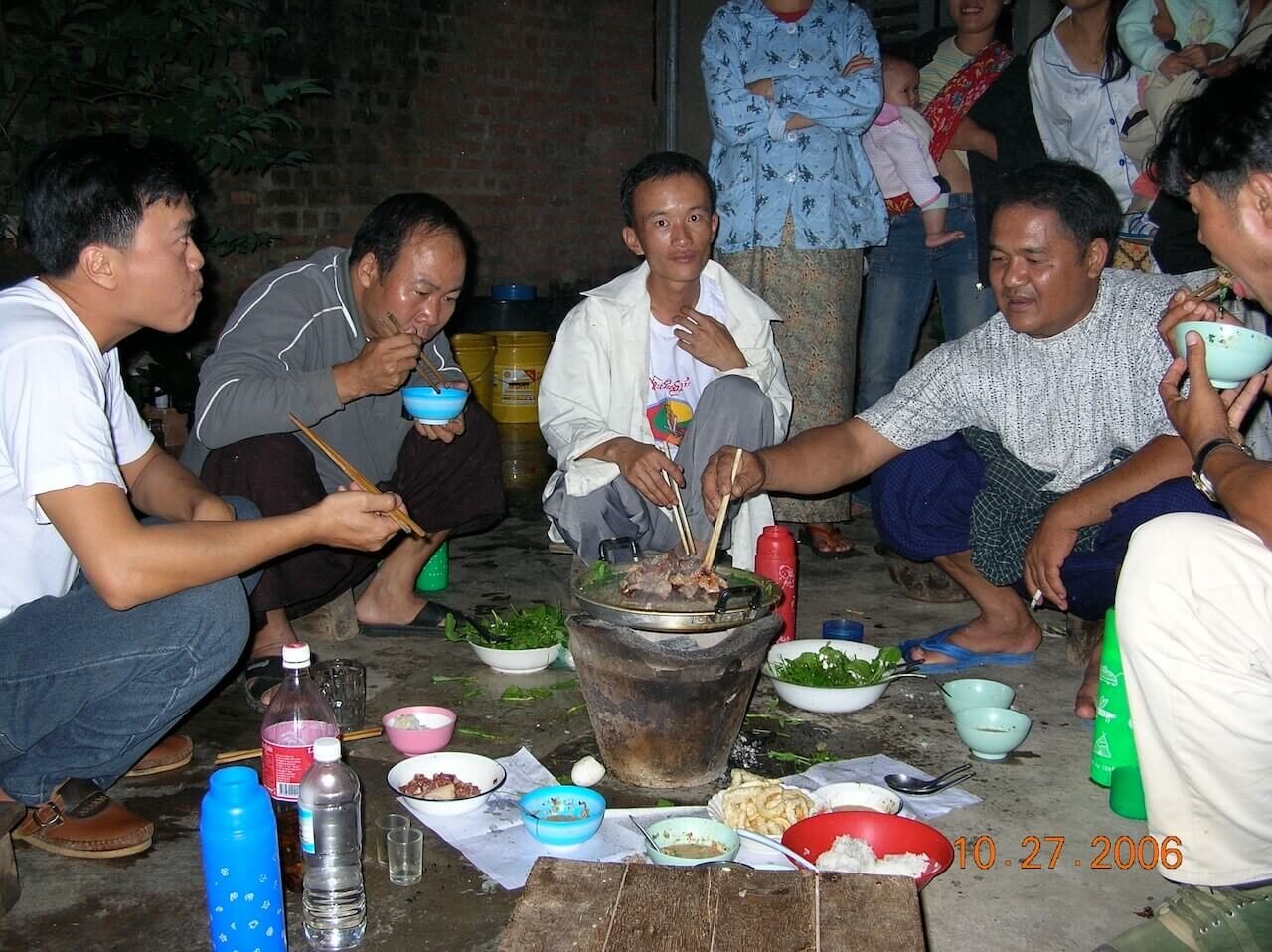
In Borneo, I took a small plane into the Kelabit Highlands, where I stayed with a local family and joined two hunters for what was billed as a “jungle trek” but turned out to be a few days of wild boar hunting and longhouse living. It remains one of my most vivid travel memories.
Later, while climbing Mount Kinabalu, the highest peak in Southeast Asia, I met a Canadian traveler who had just finished a year teaching English in South Korea. Her stories stuck with me, and within a year I’d left my job again, this time permanently, to try my hand at teaching abroad. I’ve been living and teaching in South Korea ever since.
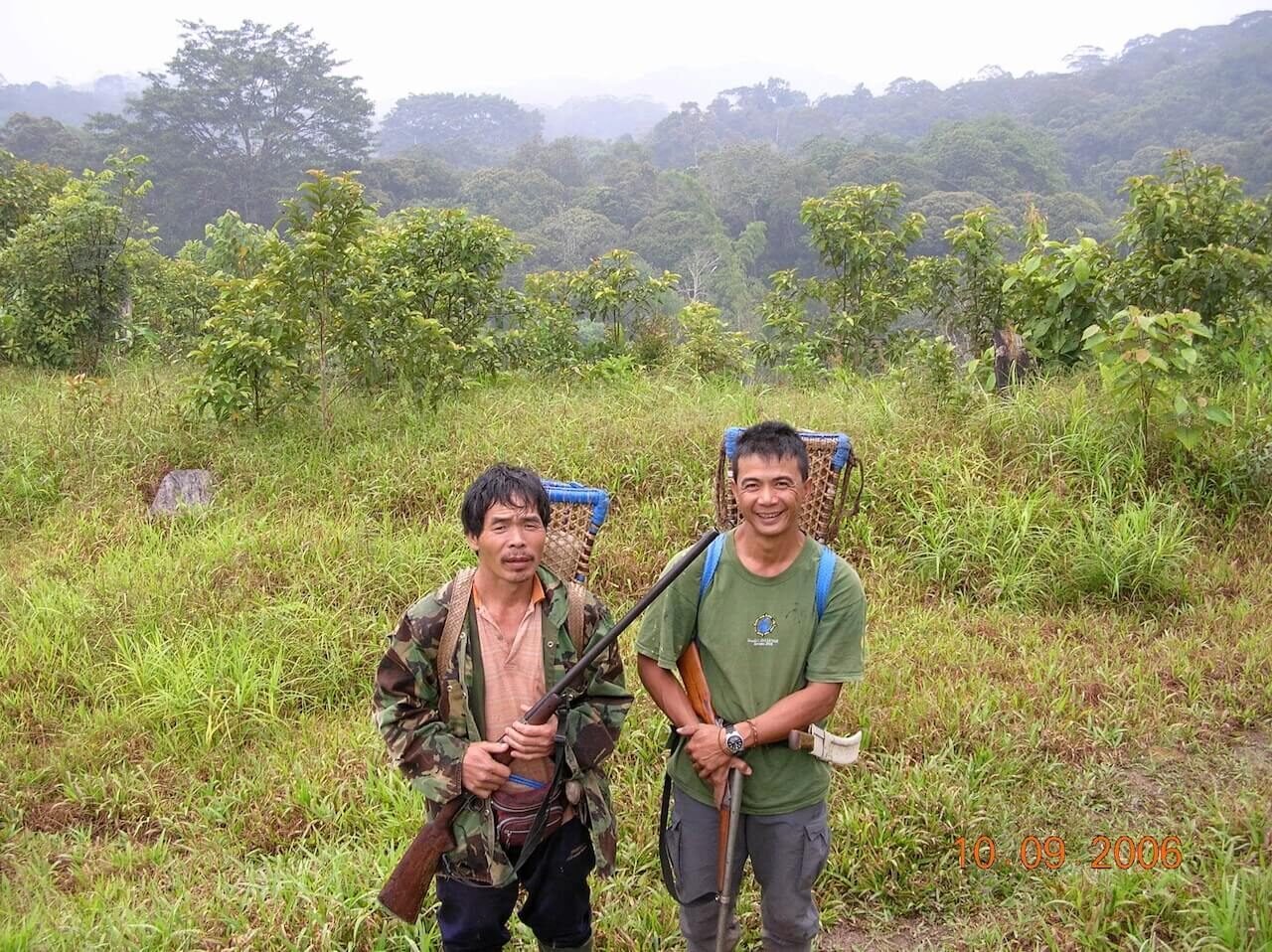
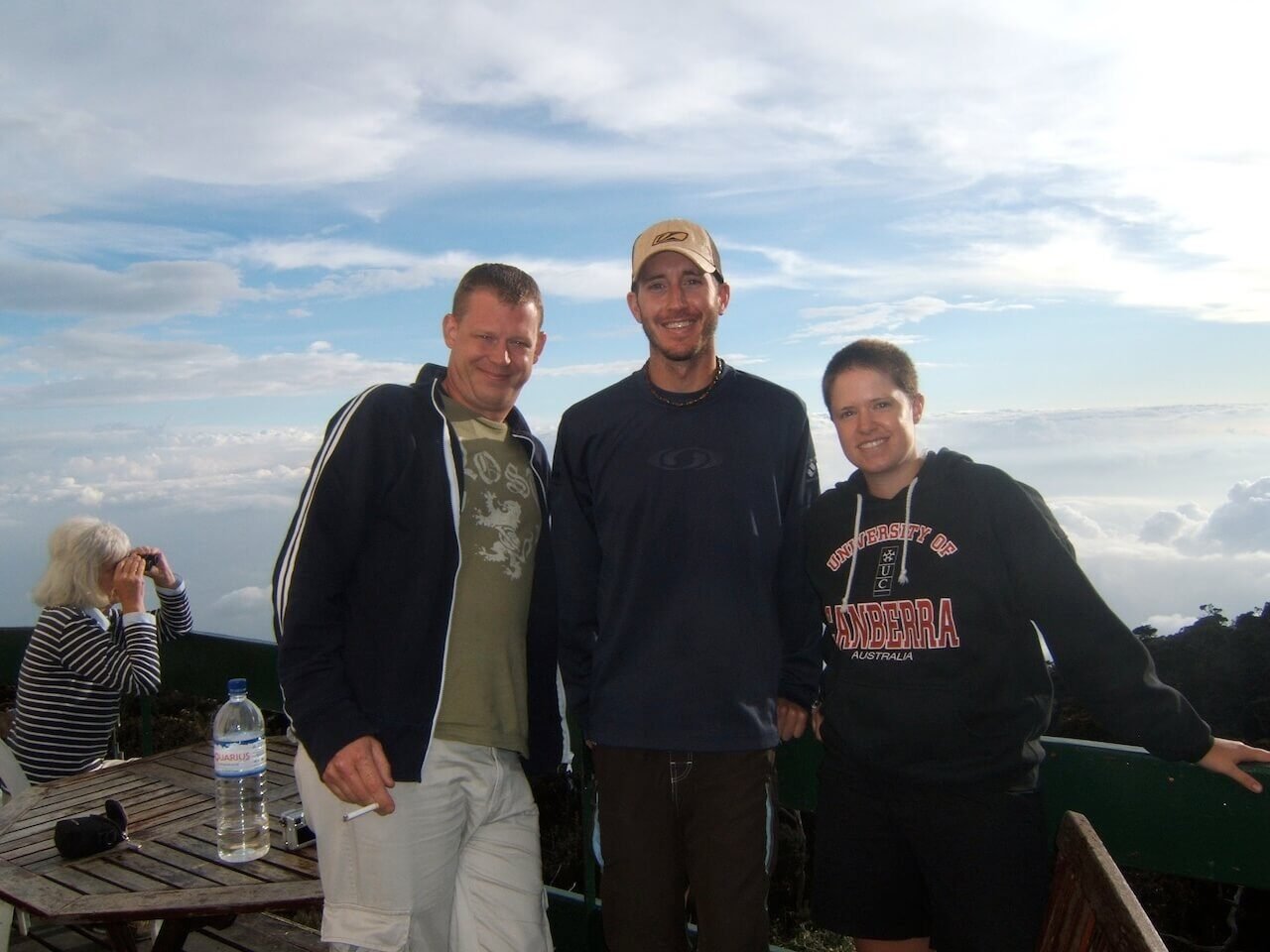
Looking back, every one of those trips shaped who I am today. Each adventure built confidence and resilience, giving me the experience and mindset to take on this next challenge: skiing in Kashmir, India.
📚 A Different Kind of Classroom
Lately, I’ve been following a young family online called Project Wild Earth. They’re traveling the world in a vehicle with their two blond-haired kids, on an epic adventure that reminds me of the unique education my siblings and I received out in remote parts of the South Pacific.It doesn’t hurt that their kids sport the same blond hairstyles to those we were rocking out on that island back in the 80s.
I first came across them while they were exploring Kyrgyzstan, a country I seriously considered switching my ski trip to after the Pahalgam attack.
As their journey recently took them through the remote mountains of Pakistan, they took time to reply to a DM I sent on Instagram. Their message offered reassurance and encouragement that Kashmir was, in their words, safe and incredible.
Here’s a look at that exchange:
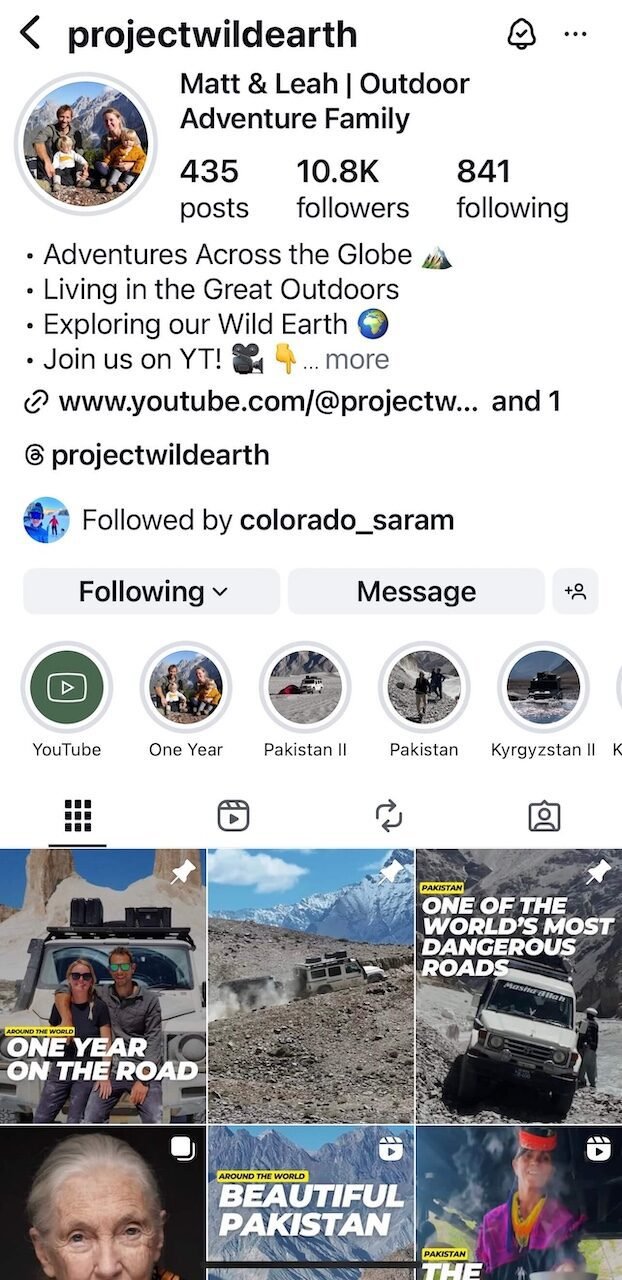
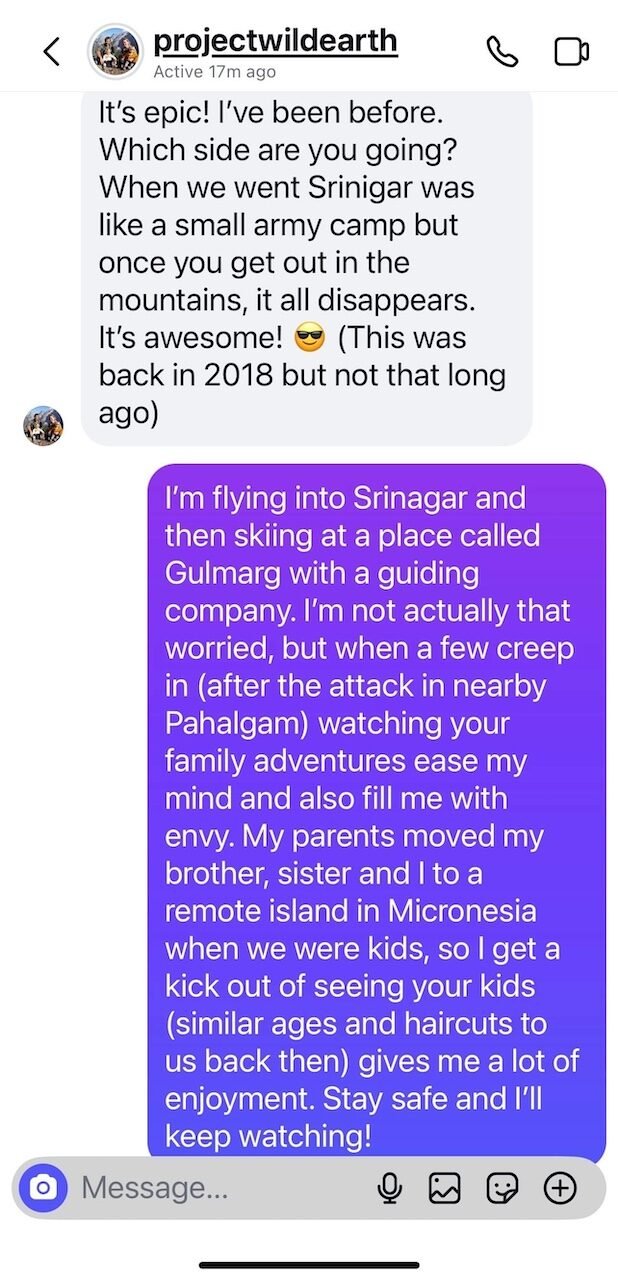
Watching their story unfold and the places they go, the people they meet, and the kind of life they’re giving their kids, reminds me what a real education that is. It keeps my fears in check and helps me see the bigger picture.
I think about the stories their children will grow up telling, and I’m grateful for the ones I already can. I’m even more grateful to my parents for giving me the kind of start that made all of this feel not just possible, but natural.
That education didn’t come from a classroom. It came from movement, curiosity, and risk. It came from saying yes. And it still shapes the way I live.
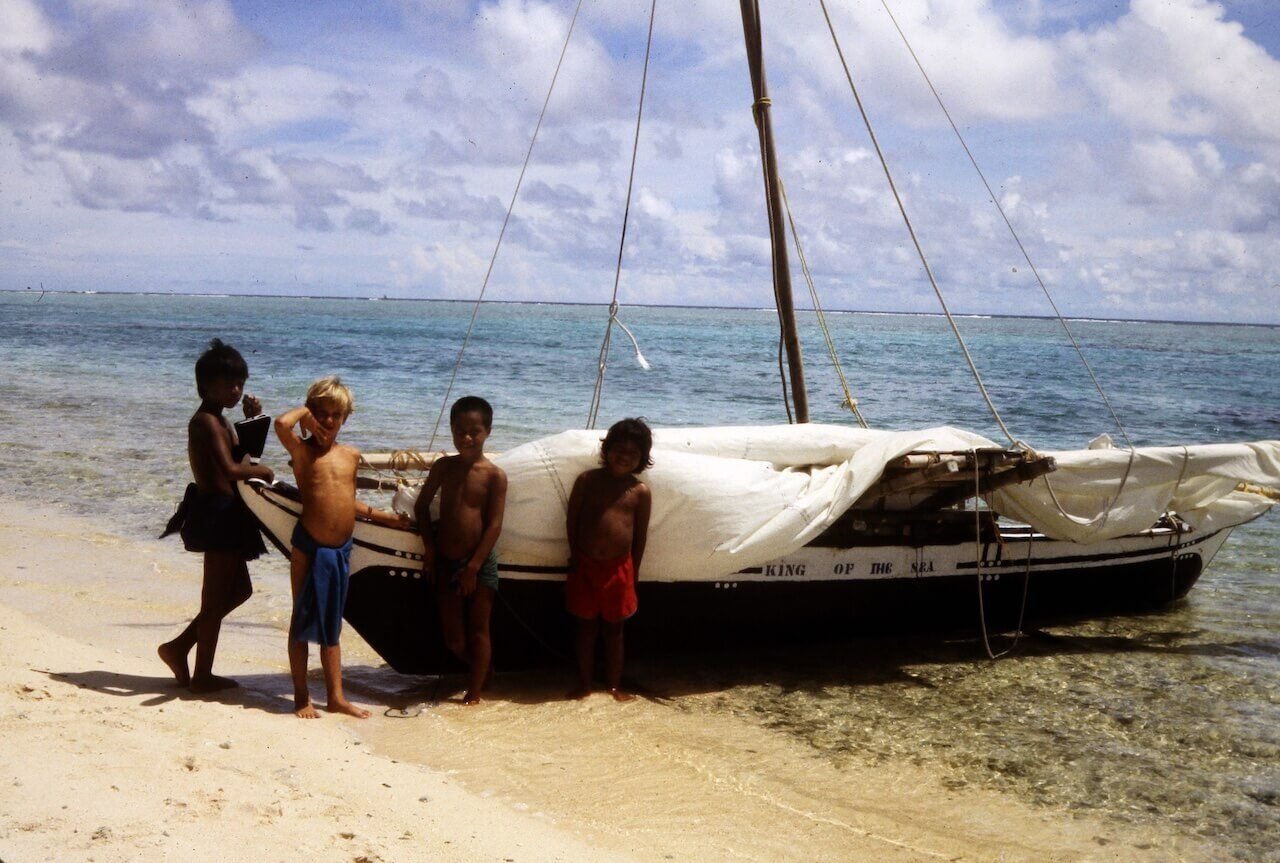
🇮🇳 India Calling
I’ve spent nearly two decades traveling across much of Asia, from the mountains of Nepal, Korea, and Japan to the islands of Thailand, Vietnam, and Indonesia. Yet India has somehow always remained on the second page of the bucket list, the one marked “we’ll get to that later.”
Well, later has officially arrived.
It’s not that I didn’t want to visit India earlier. It’s just that India always felt like a lot of work. Friends from home who went in their younger years all say it was life-changing, but also that it took some mettle.
Not to mention, the country is enormous, and it’s been hard to decide where to start. Kashmir, of all places, is where I’ve chosen to begin.
I can’t really say why. Maybe it’s just one of those places that’s lingered in the back of my mind. Mountainous, poetic, complicated. A place with an unforgettable name, a rock tribute, and a bit of a rough-and-tumble reputation.
Whether it matches the image that’s lived in my head for years is anyone’s guess, but that uncertainty is part of the draw.
If all goes to plan, I’ll tack on a few stops before or after skiing in Gulmarg. The Taj Mahal seems like a must, and I’m curious to get a glimpse of Delhi. Goa might have to wait, but then again, India isn’t the kind of place you visit just once.
For now, though, it’s Kashmir that’s calling. And this time, I’m finally answering.
🎁 A Birthday Gift to Myself
I began this section talking about being a seven-year-old in the South Pacific. That was in 1983, and I’m about to turn fifty this year. Time has a funny way of sneaking up on you.
There’s something about hitting fifty that makes you pause and take stock. You start to feel the wear in your knees a little more. The aches after a long day on the mountain linger a little longer.
I’m still a strong skier. The skills that come from more than thirty years of growing up, living, and skiing in Vail don’t just vanish with time. Still, after climbing the tallest mountain in South Korea and skiing Japow in Hokkaido over the past year, my knees have started to remind me that Father Time catches up with us all, one joint at a time.
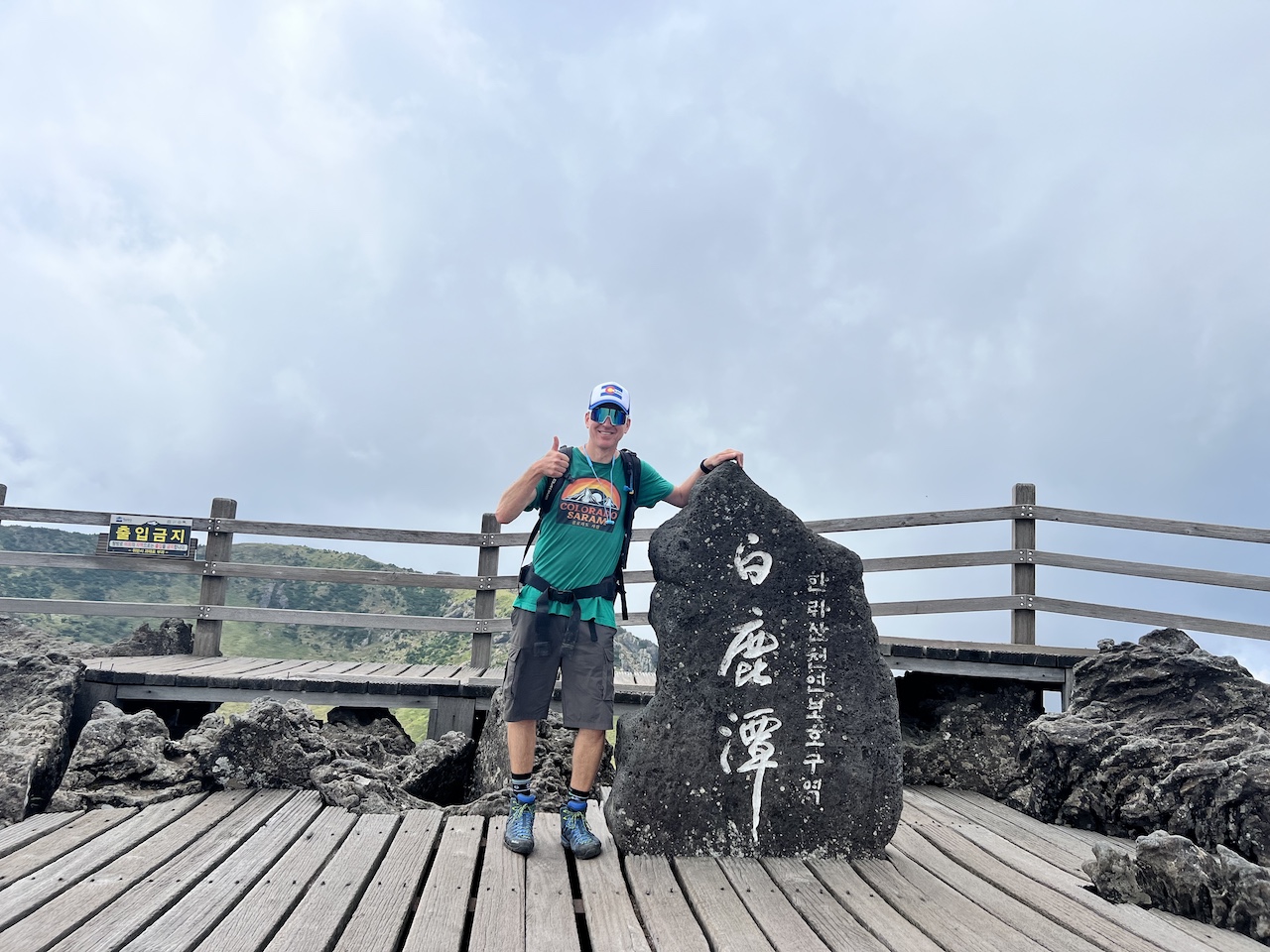
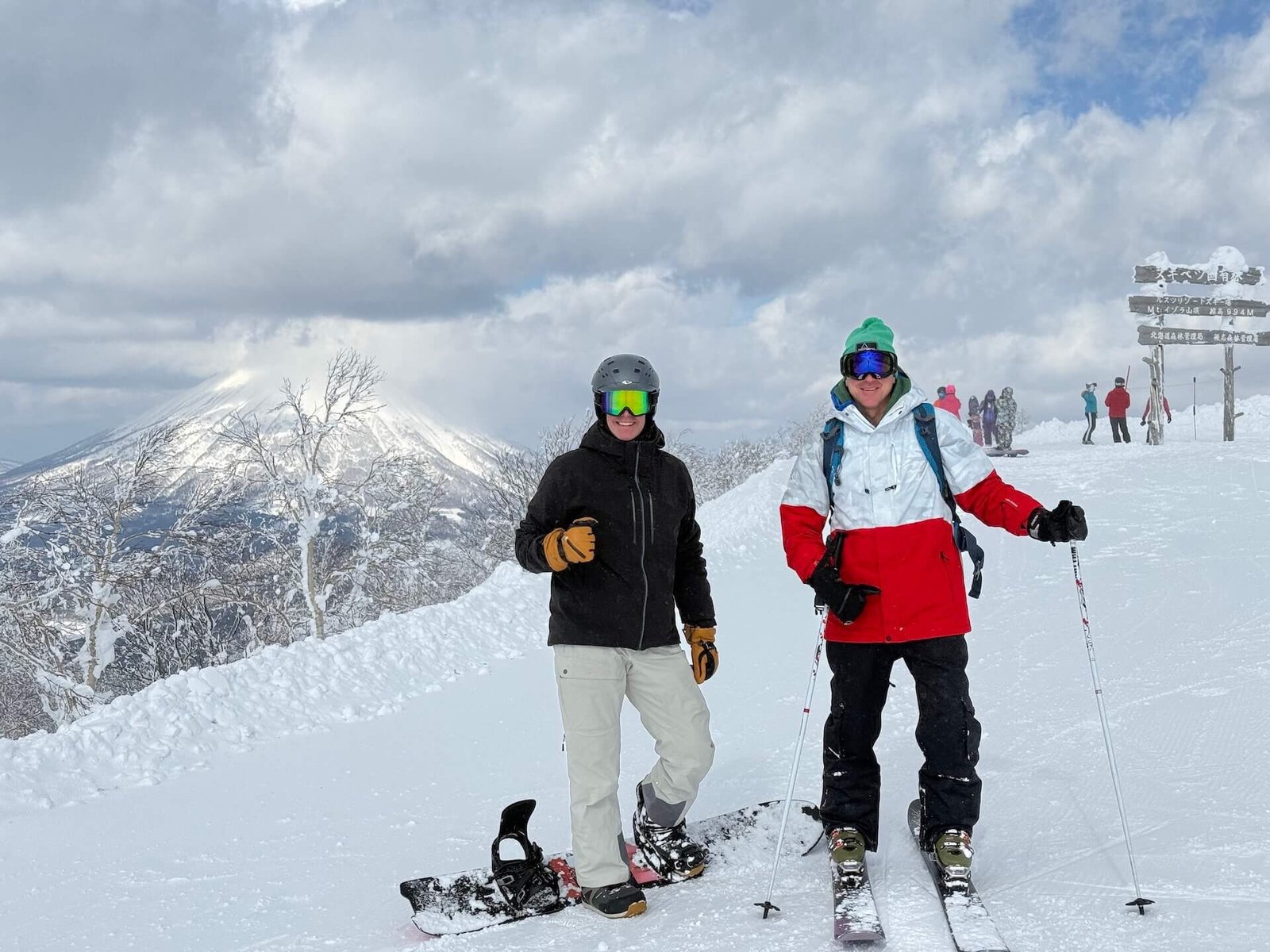
Sure, I’ve still got plenty of cruiser runs in South Korea left in me, but a trip of this magnitude may not be on the table for too much longer.
It’s not a midlife crisis. There’s no sports car waiting in the driveway. Just a ski trip to the Himalayas that I’ve been quietly daydreaming about for years.
There’s also a personal layer to this decision. When my grandmother passed away, she left me a collection of silver coins with the hope that I’d use them for something meaningful. I cashed them in a while ago, but the money just sat in savings, waiting, I suppose, for something that felt worthy.
I don’t think she would have fully understood this trip or why anyone would go halfway around the world to ski in a place most people have barely heard of. But I do think she would’ve been glad to know the money went toward something memorable. Something that matters to me.
So here I am. I’m not throwing caution to the wind. I’m choosing to go, fully aware of the risks and responsibilities that come with it. This trip is a gift, a marker, and a reminder that I’m not done doing hard things just yet.
🪷 Reflecting and Moving Forward: On to Kashmir . . .
I don’t use Facebook much anymore, but the memory of adding those About Me quotes resurfaced as I started planning this trip to Kashmir.
Now, two decades later, it feels like the right time to revisit them and see how life has measured up since.
“All we can do is use the present well.”
The Dalai Lama, Ancient Wisdom, Modern World
Buddhism has always interested me, though I’ve never followed it beyond basic admiration. I first read this book by the Dalai Lama during a year-long, around-the-world sabbatical when I was living out of a backpack, and every day felt like a chance to do something amazing with my life.
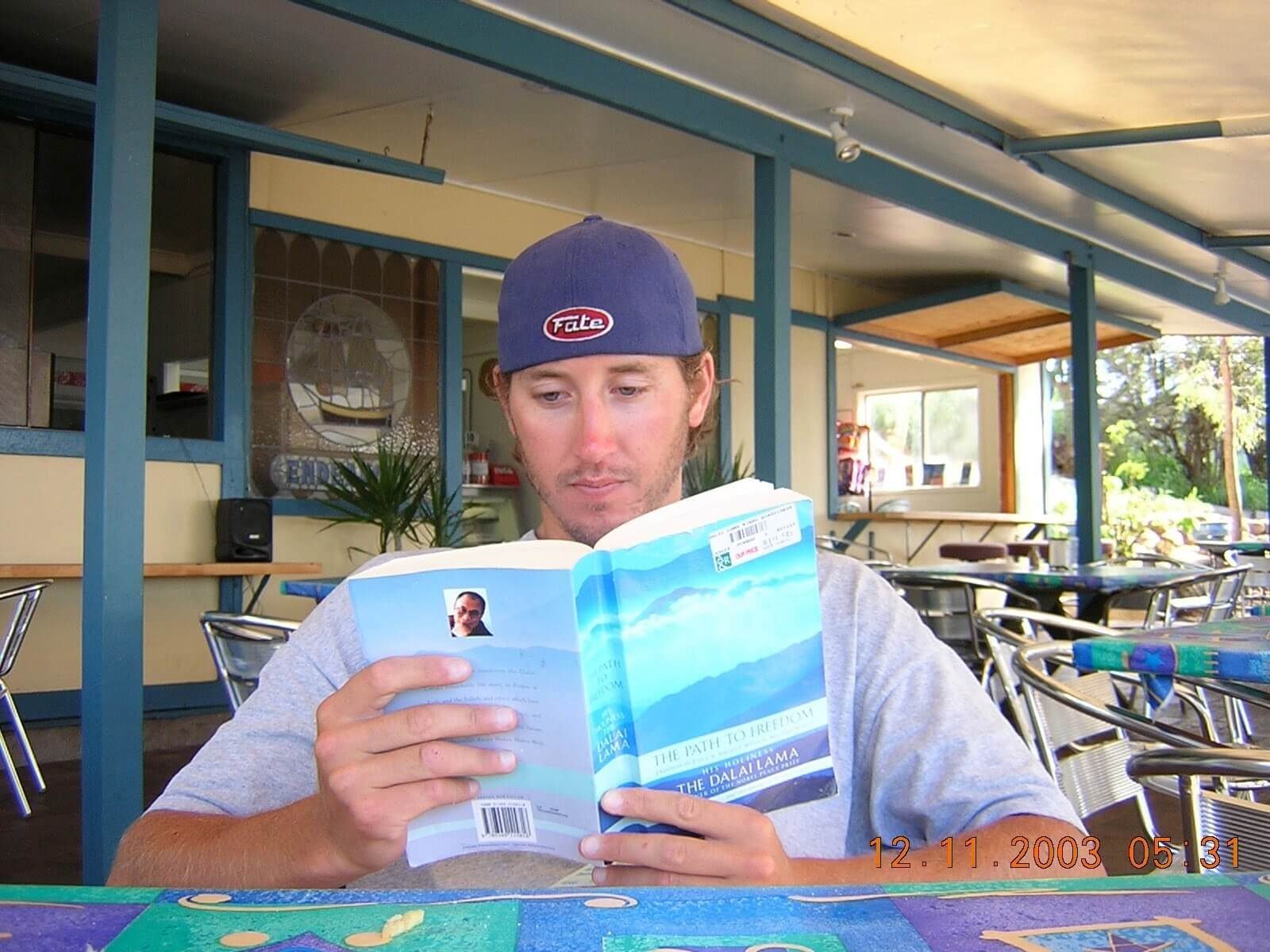
The quote took on renewed significance many years later when I eventually quit drinking and had to come to terms with living one day at a time.
I don’t attend recovery meetings, but I still try to live by the lessons I learned in those early days of learning to live life without alcohol, without regretting the past, and without worrying about the future.
Putting the frenzy of day-to-day addictive behavior behind me also made space for gratitude. Life moves slower now, and I’m thankful for that. Though I’m certainly no Buddhist, the Dalai Lama was onto something.
When I considered canceling the trip to Gulmarg after the Pahalgam attack, I realized I’m not in a place where I can keep putting things off for “someday.”
We can’t live in our fears or anxieties about what might happen.
All we can do is use the present well.
“Eventually, I sickened of people, myself included, who didn’t think enough of themselves to make something of themselves—people who did only what they had to and never what they could have done. I learned from them the infected loneliness that comes at the end of every misspent day. I knew I could do better.”
Mark Twight, quoted in Between a Rock and a Hard Place by Aron Ralston
I’ll concede this one comes off as a bit self-righteous, but the line, “People who did only what they had to and never what they could have done,” has stuck with me over the years since first reading it.
After college, I stayed in Minneapolis for a girlfriend and took a marketing job that had me wearing a tie and sitting in traffic for two hours a day. I simply knew I could do better, at least my version of better.
I lasted six months before heading back to Vail, where I found a PR job that let me ski nearly every day. It was a good job, but I still felt restless. That restlessness led to a year of travel and, later, a life overseas in South Korea.
I’ve never been accused of being overly ambitious in a traditional sense, and I stopped climbing the corporate ladder on the first rung. Not because I don’t value success, but because my definition of success has never felt tied to promotions or paychecks.
Lately, my TikTok feed seems to know I’m approaching fifty. I occasionally get served videos featuring elderly people reflecting on what they wish they’d done differently, and not one of them ever says, “I wish I’d made more money.”
I hope that when it’s my turn to look back on life in reflection, I won’t see a lifetime of missed chances.
Waiting for the “right” time to visit Kashmir felt like something that might never come, and I didn’t want to look back one day regretting that I’d done only what I had to instead of what I could have done.
“If there’s no risk, there’s no adventure. I think adventure is a great part of life. For me, it’s ‘Why am I living?’ You know, gee, it’s to have some adventure.”
Bill Briggs, ski mountaineering pioneer, quoted in Steep
My version of adventure has been a bit tamer than Bill Briggs’, who made the first ski descent of the Grand Teton, but the spirit of his words still lives with me.
Adventure, for me, is tied to travel: seeing as much of this beautiful world as I can before checkout time, experiencing things others might only dream of. For someone else, adventure might mean taking a chance on a career leap or a relationship.
It all boils down to pushing your limits and avoiding regret. Adventure is why I keep saying yes to the things my cautious side might talk me out of.
Bonus Quote: This one wasn’t on my original Facebook profile, but if I were setting it up today, I’d be remiss not to include one of my favorites, from one of my favorite people:
“Travel isn’t always pretty. It isn’t always comfortable. Sometimes it hurts, it even breaks your heart. But that’s okay. The journey changes you; it should change you. It leaves marks on your memory, on your heart, and on your body. You take something with you. Hopefully, you leave something good behind.”
Anthony Bourdain, No Reservations
Bourdain has long been an inspiration for how I want to move through the world. Curious, open-minded, kind to others regardless of circumstance, and unafraid of complexity.
If this trip to Kashmir is a little less comfortable than my past few ski trips to Japan, I’ll count that as a gift. That’s the point of it all, isn’t it? To find a journey that changes you, to carry something forward, and, if I’m lucky, to leave something worthwhile behind.
So here I am. I’m not trying to prove anything or chase danger for its own sake. I’m simply following the path I started a long time ago.
And for now, that path leads to Kashmir.
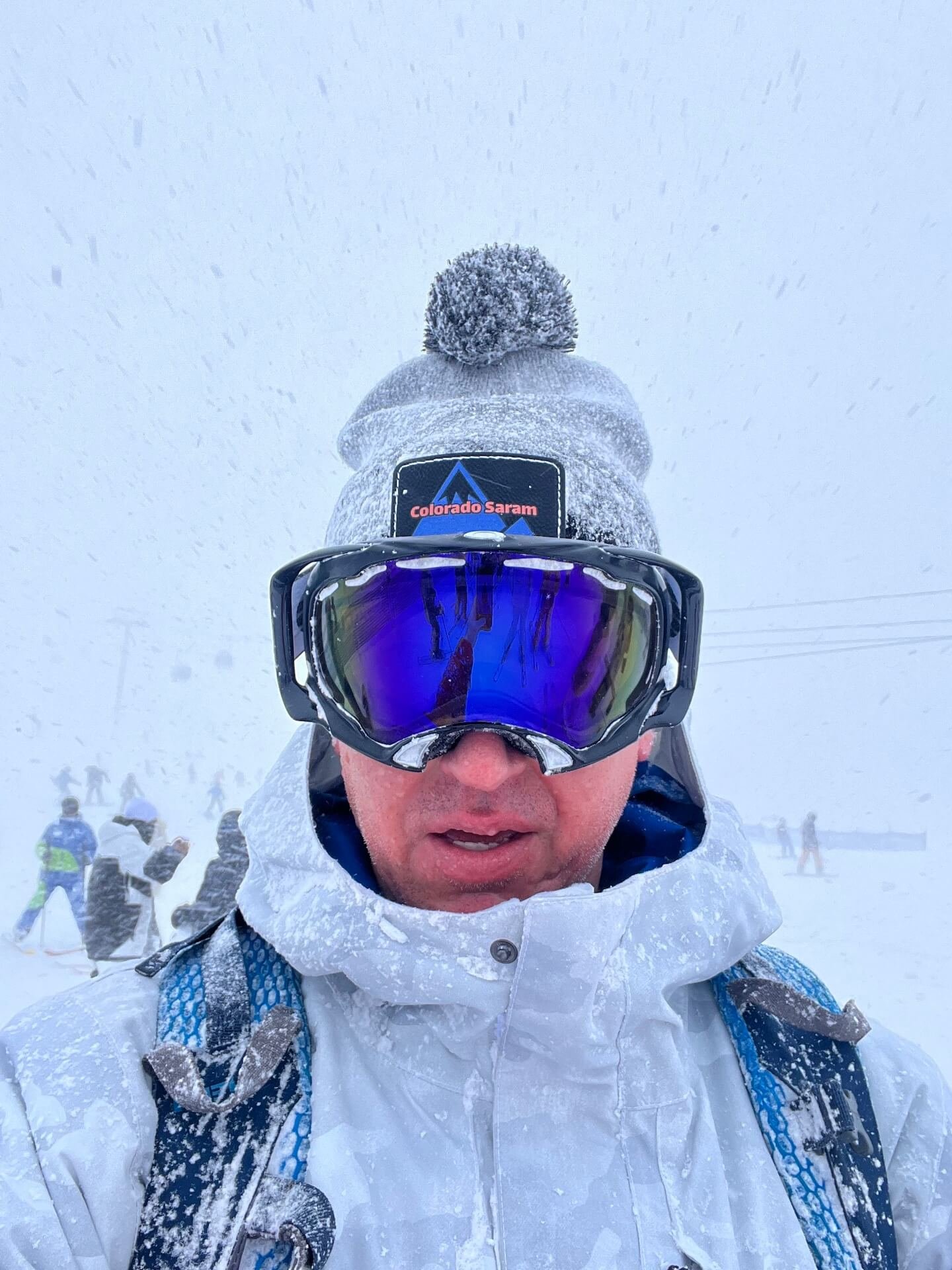
🙏 Support the Blog
This post is not sponsored by any resort, hotel, or brand. Some of the links here are affiliate links, which means I may earn a small commission if you book through them at no extra cost to you.
If you found this guide helpful and want to support the time and travel that go into keeping this site running, you can send a small donation through Buy Me a Coffee using the button below.
It is never expected, but it genuinely helps me keep sharing honest advice and firsthand stories from my ski trips, hikes, and off the beaten path adventures around Asia.
🗺️ Gulmarg Travel and Ski FAQs
❓When is the best time to ski or snowboard in Gulmarg?
The ski season in Gulmarg typically runs from late December through early March, with the most reliable snow conditions in January and February. This is when the region sees deep powder, cold temperatures, and regular snowfall, especially on the upper mountain.
❓Do I need a guide to ski off-piste in Gulmarg?
Yes. If you plan to ski or ride beyond the main gondola bowl, hiring a certified local guide is strongly recommended. The terrain is vast and mostly unpatrolled, with avalanche risks and changing snow conditions. Reputable operators like Gulmarg Powder Guides provide experienced guides, safety briefings, and avalanche equipment.
❓How do I get to Gulmarg from Srinagar?
Gulmarg is about a two-hour drive from Srinagar, which has the nearest airport. Most visitors arrange transport through their hotel or guiding company. The route is scenic but can be icy in winter, so using a private driver familiar with mountain roads is the safest option.
❓Is Gulmarg safe for foreign travelers?
While Kashmir has experienced political tension at times, Gulmarg itself has remained peaceful and focused on tourism. Travelers should stay updated on current advisories, register with their embassy if required, and follow local guidance. Most ski visitors report a positive and welcoming experience.
❓What’s the skiing like in Gulmarg compared to Japan or the Alps?
Gulmarg offers big-mountain terrain and deep Himalayan powder rather than groomed runs or resort amenities. It’s less developed than Japan or the Alps, but the vertical drop, snowfall, and sense of adventure are unmatched. Think of it as a raw, backcountry-style experience with lifts that get you high into serious alpine terrain.
❓Can beginners ski in Gulmarg?
Yes, but Gulmarg is best suited to intermediate and advanced riders. The lower slopes near the village are good for learning, with ski schools and rental shops available. However, the upper mountain requires solid skills and avalanche awareness, especially for those venturing off-piste.
❓What is Gulmarg like in summer?
When the snow melts, Gulmarg transforms into a lush green meadow surrounded by pine forests and wildflowers. The summer months from May through September are perfect for hiking, mountain biking, golfing on one of the world’s highest courses, and exploring nearby villages. The weather is mild and clear, offering stunning Himalayan views without the winter crowds.
❓Is Gulmarg worth visiting if I don’t ski or snowboard?
Absolutely. Gulmarg’s natural beauty, peaceful setting, and fresh mountain air make it a great destination year-round. Non-skiers can take the gondola for incredible views, enjoy short hikes, or simply relax in one of the traditional hotels overlooking the valley. The area is also rich in Kashmiri culture, cuisine, and handicrafts that are well worth experiencing.
👉 Beyond Japow: My Search for the Next Great Ski Destination in Asia
👉 Hokkaido Ski Trip Tips and Costs: What to Budget and Expect
👉 Niseko vs Rusutsu: Which Hokkaido Ski Resort Is Better for Your Trip?
👉 A 5–7 Day Hokkaido Ski Itinerary
👉 Skiing and Travel in South Korea
🎒 Stay Connected and Keep Exploring
🧭 Need Help Planning Your Trip?
I offer free one on one planning support for independent adventure travelers in Asia.
This is not a travel agency. It is just me, someone who has been living and traveling around Asia for nearly 20 years, helping snow enthusiasts sort out logistics based on real experience.
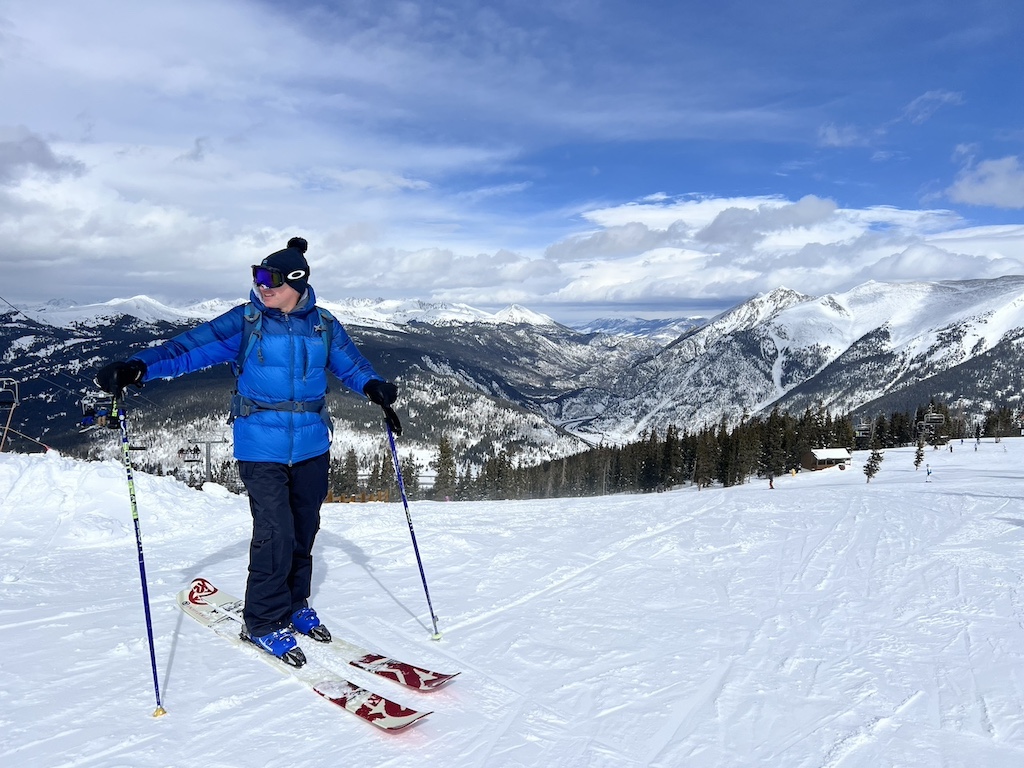
⛷️ Colorado Saram Apparel
Skiing in Asia has taught me that it can be surprisingly hard to find ski themed gear that feels connected to the mountains here. So I began designing my own Korea inspired ski hoodies, shirts, and hats, along with the Japow themed line I created after several trips to Hokkaido.
👉 Visit the Colorado Saram Store
Ski travel comes with real risks. Injuries, lost gear, or weather delays can hit harder when you are far from home. I always travel with insurance for this reason.
I use SafetyWing because it is affordable, works well for international trips, and covers recreational skiing at marked resorts under the base plan. Emergency medical care, trip delays, and gear protection are included.
If your trip involves sidecountry or backcountry terrain, look into their Adventure Sports add on or a more advanced policy. For most resort days in Korea, the standard plan does the job.

